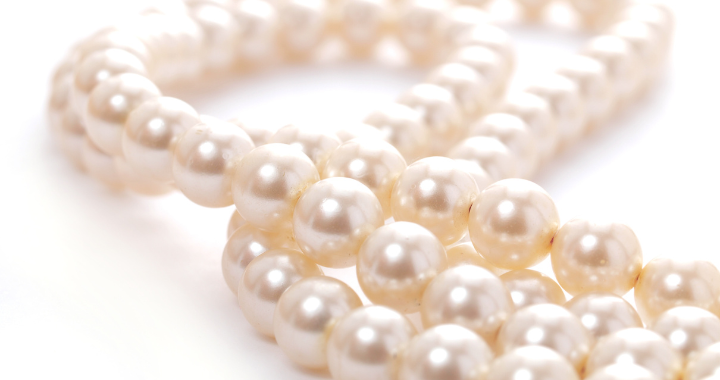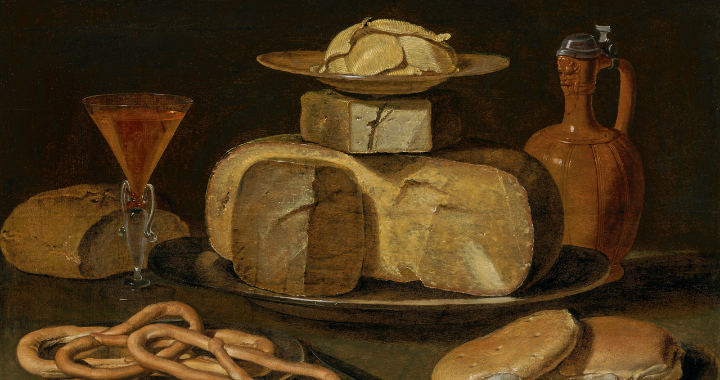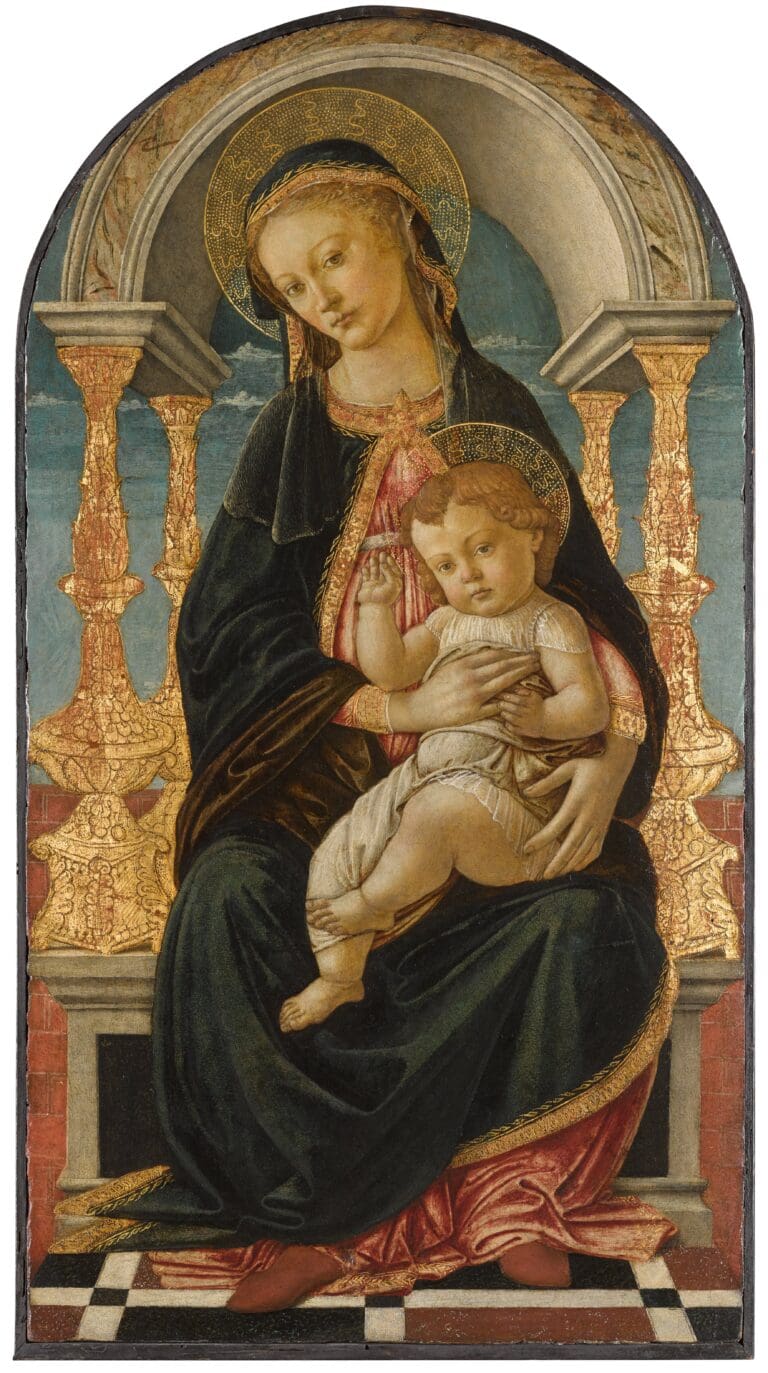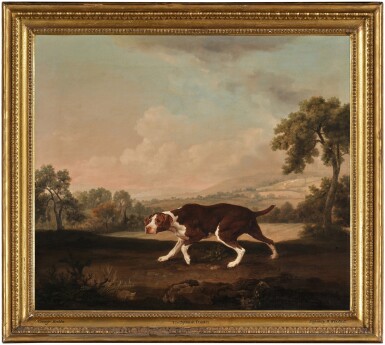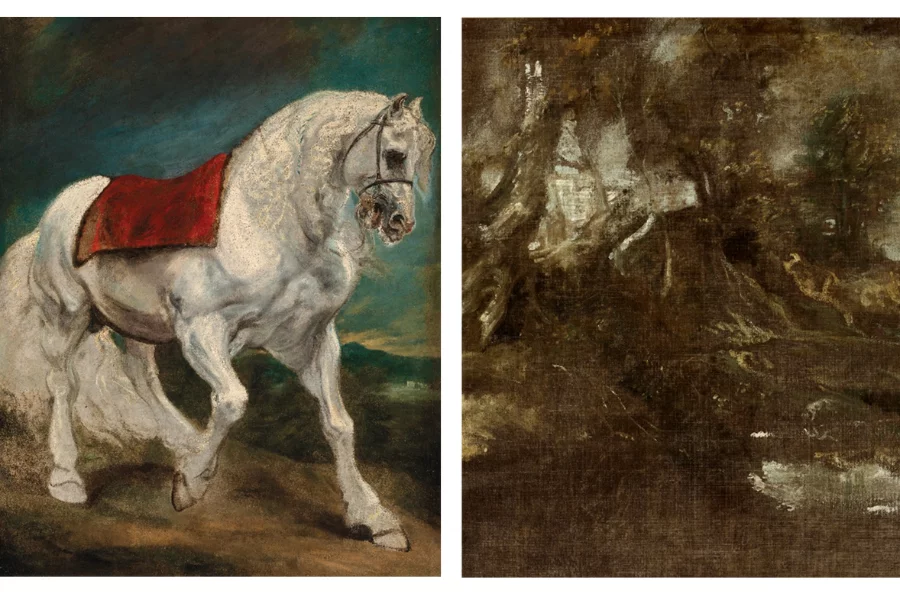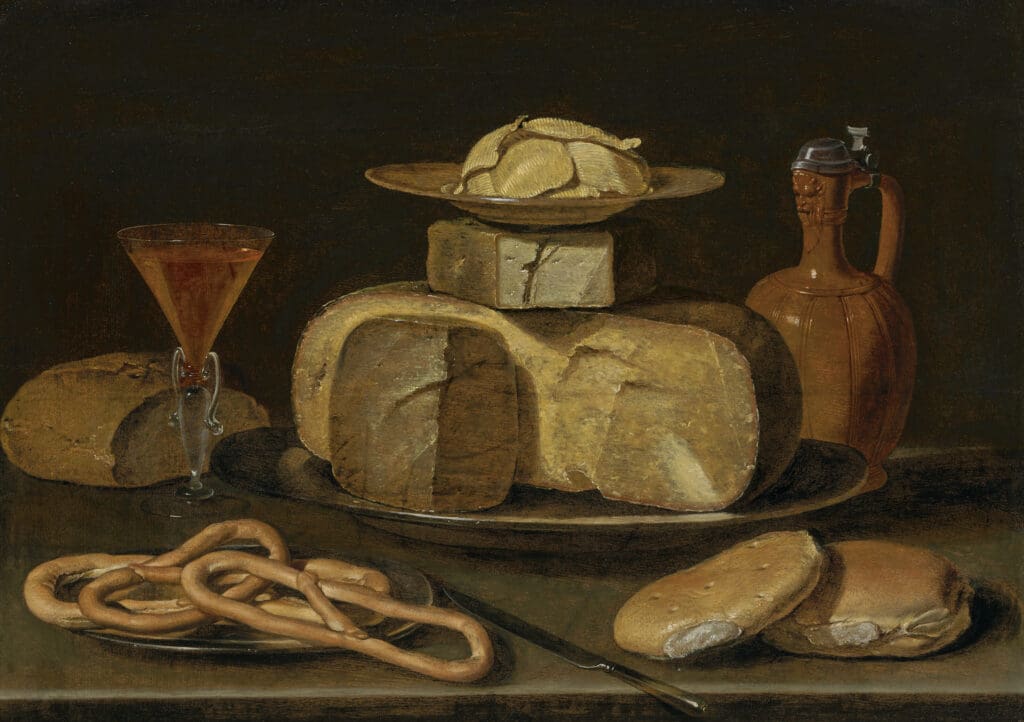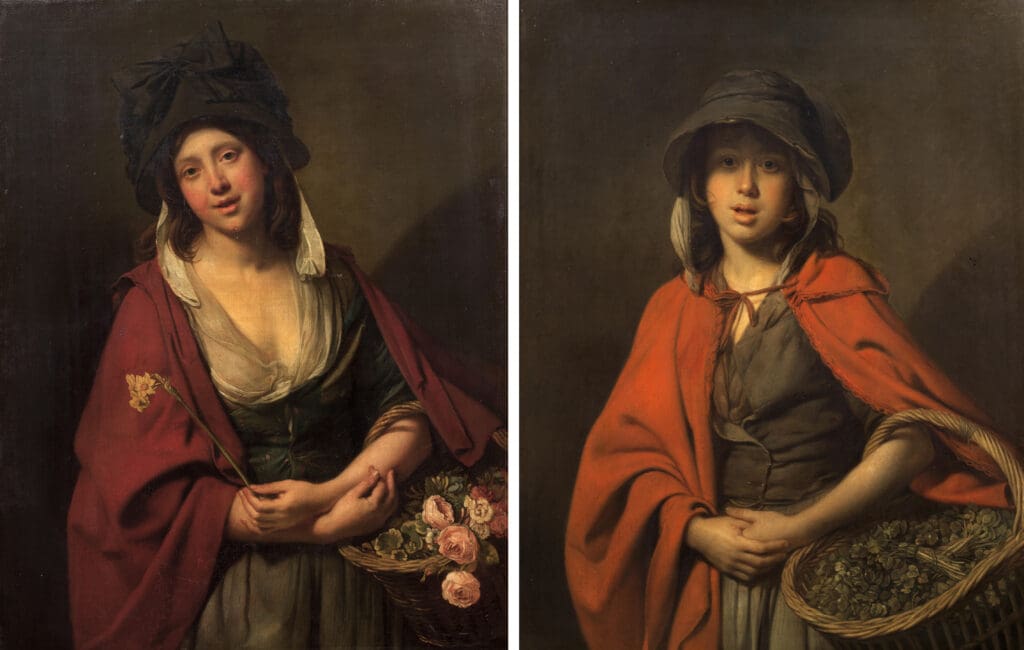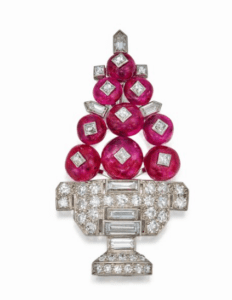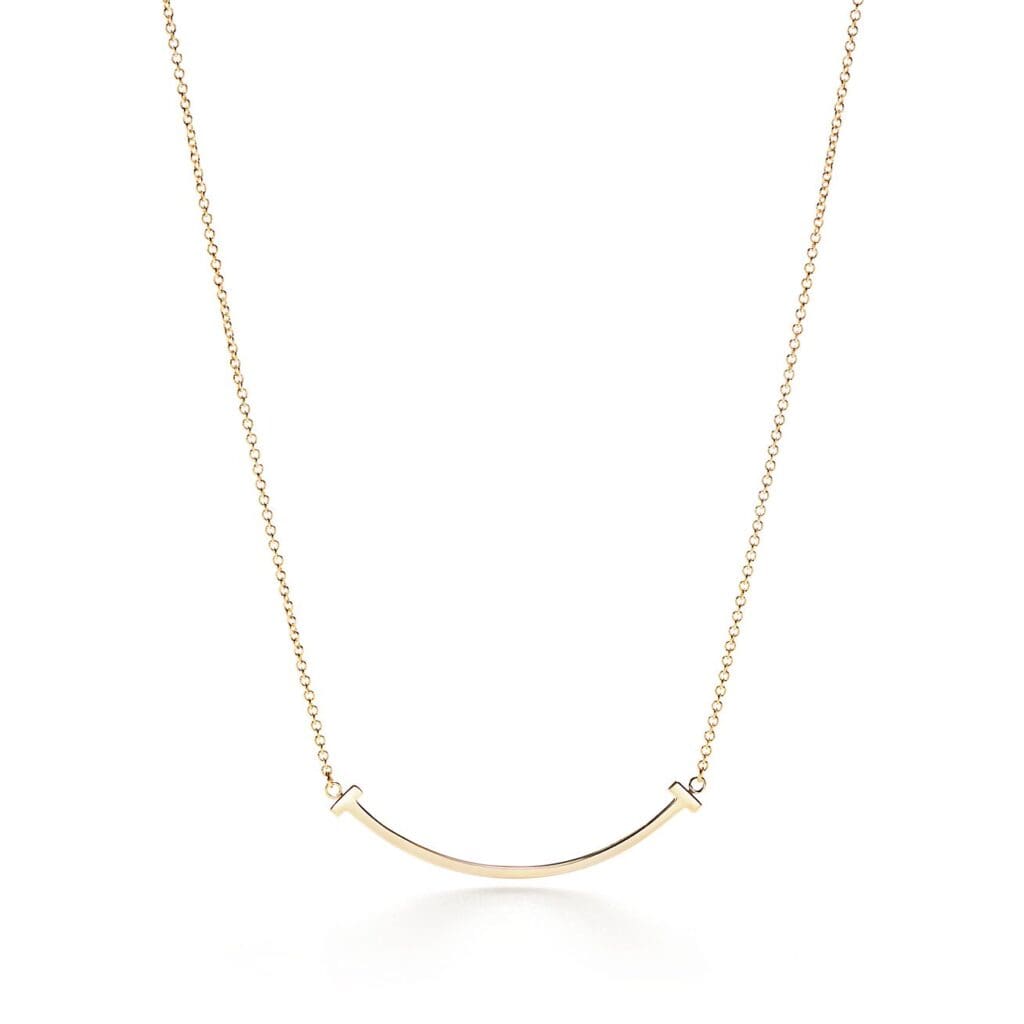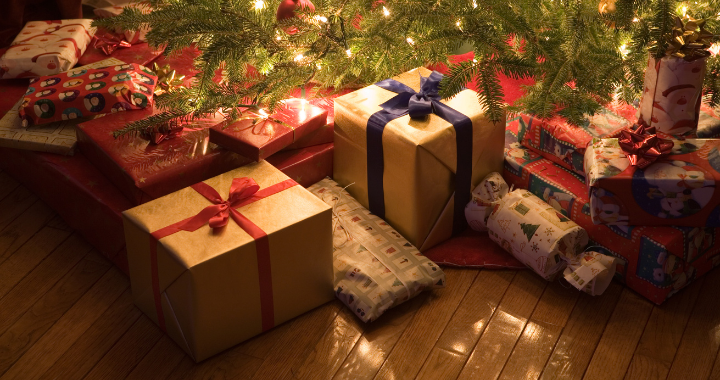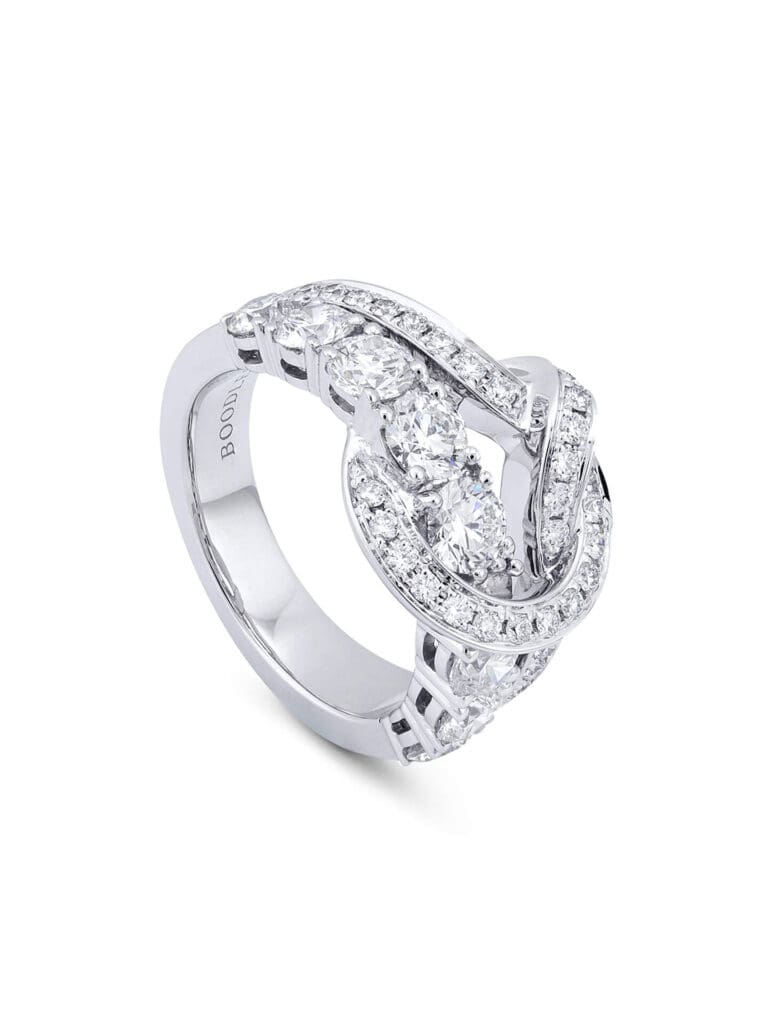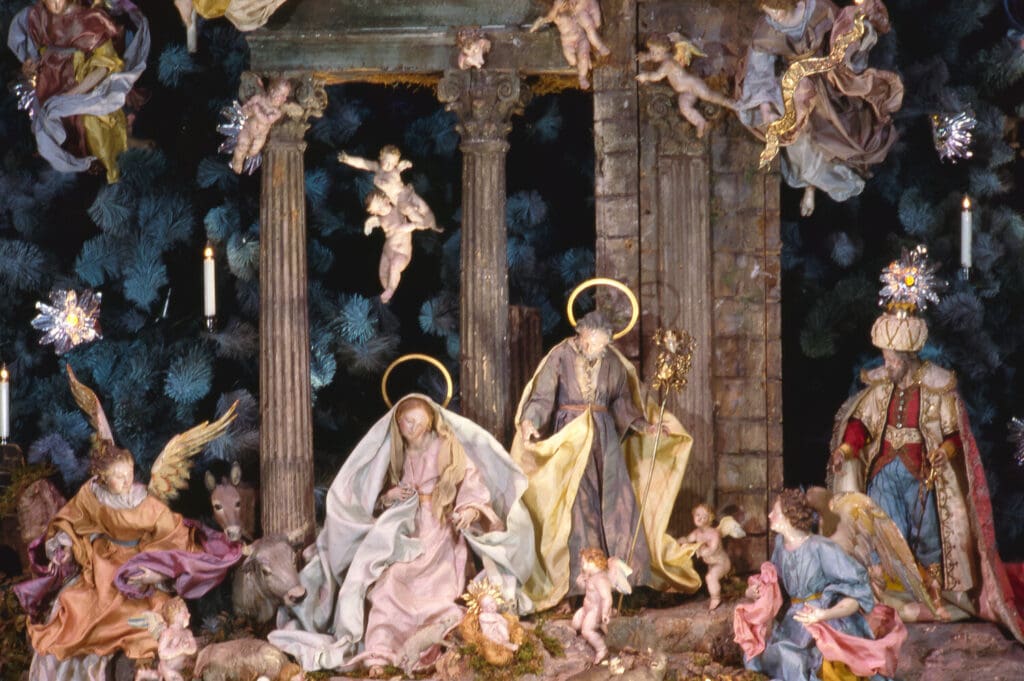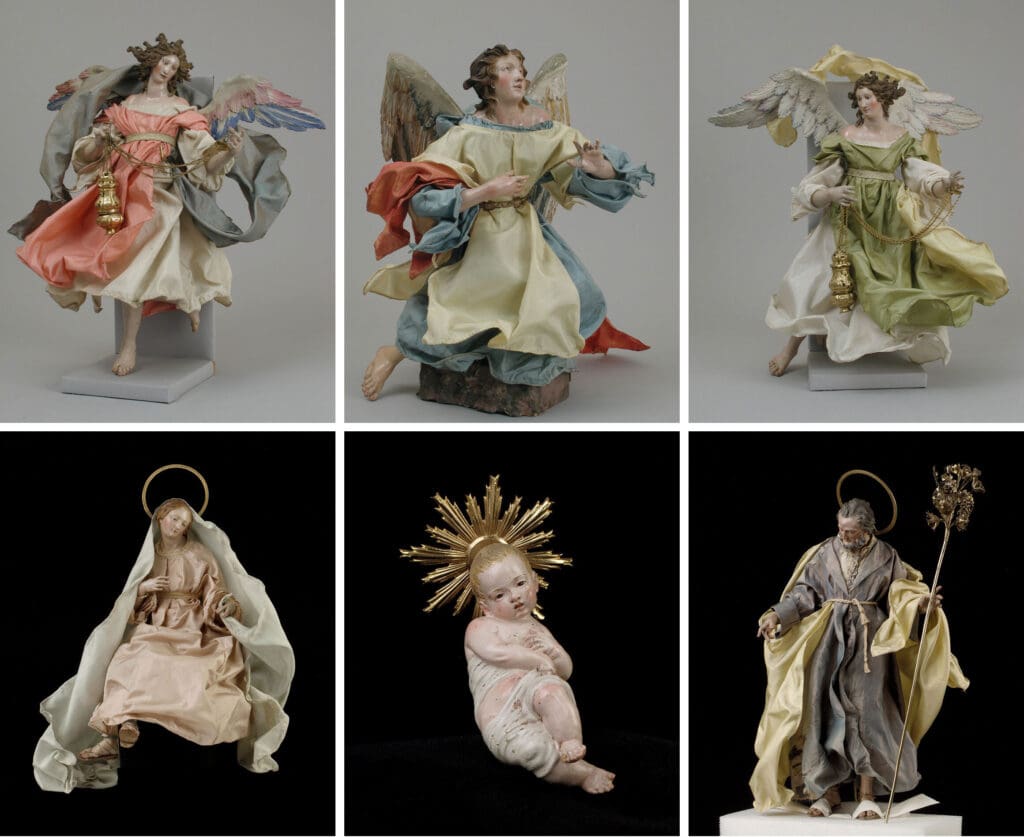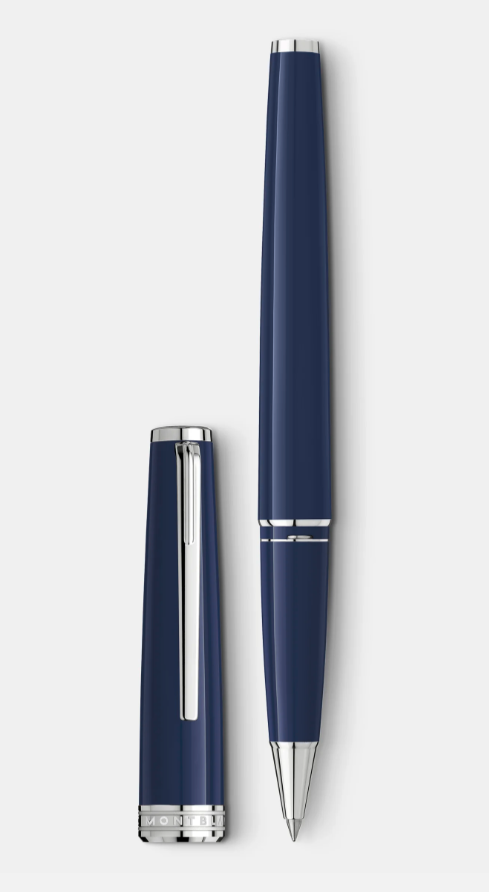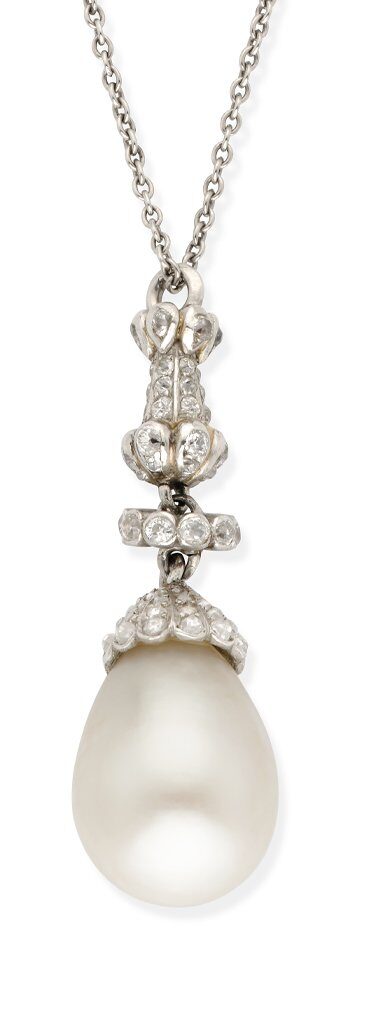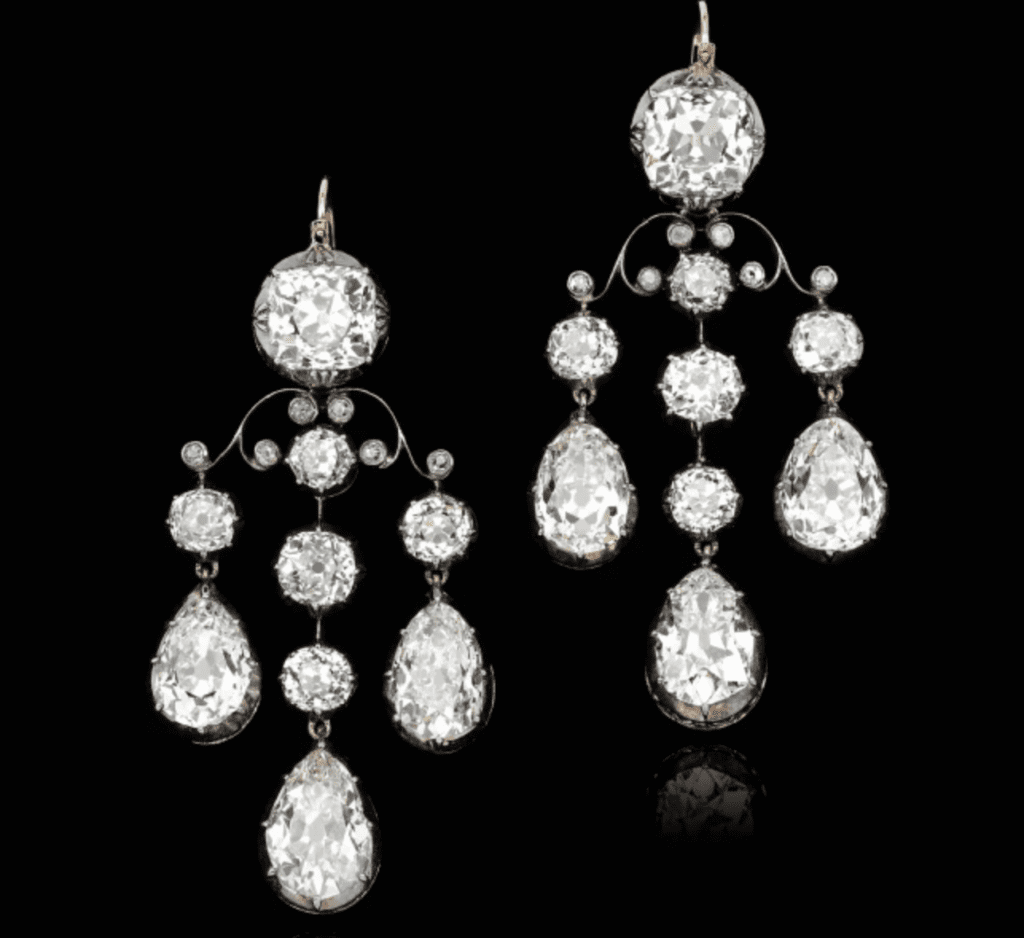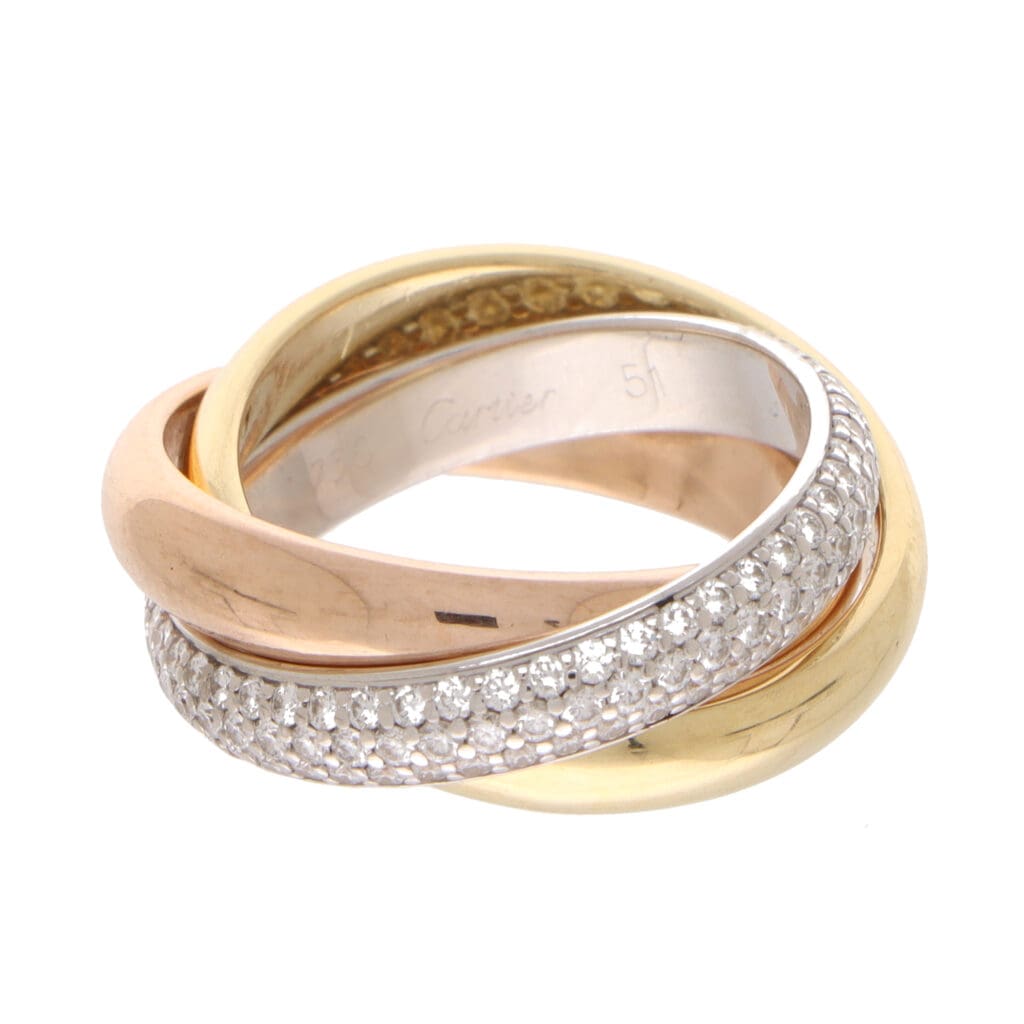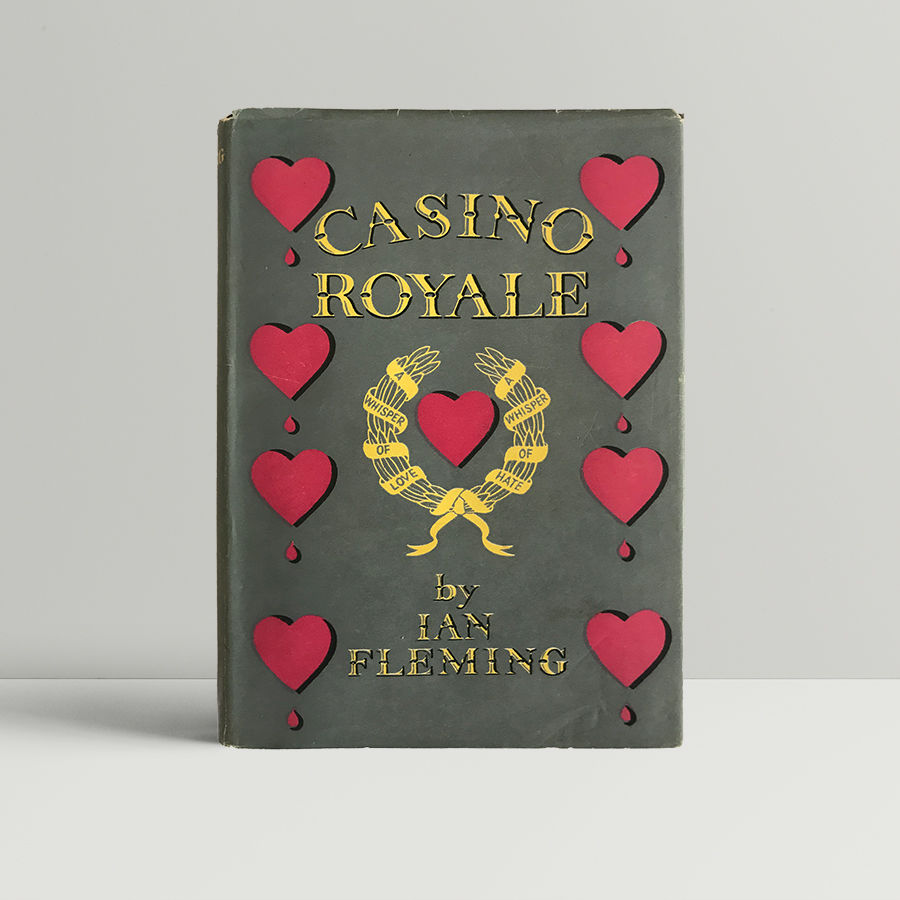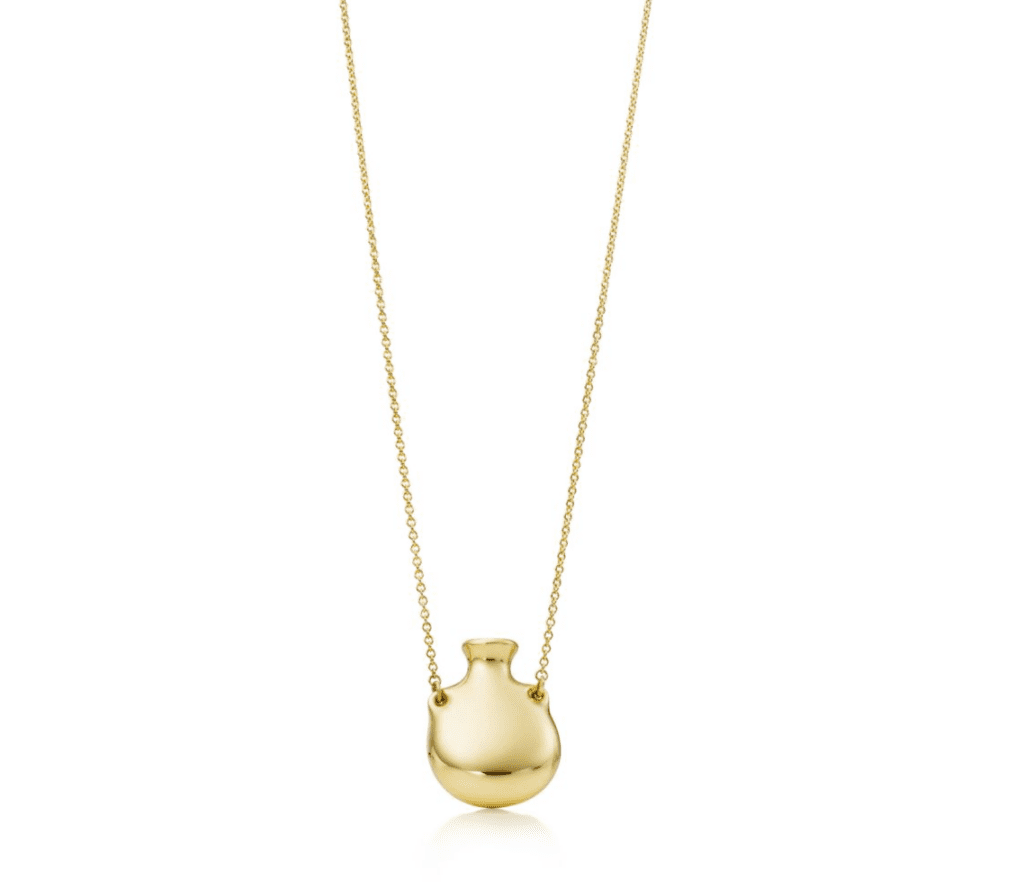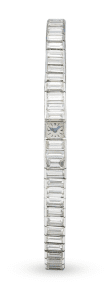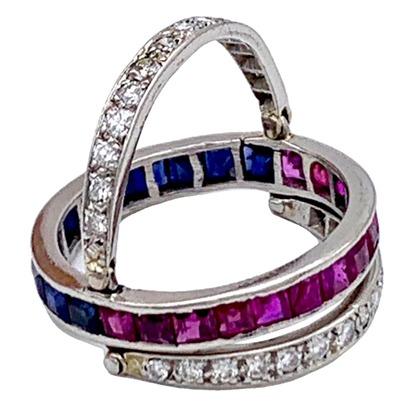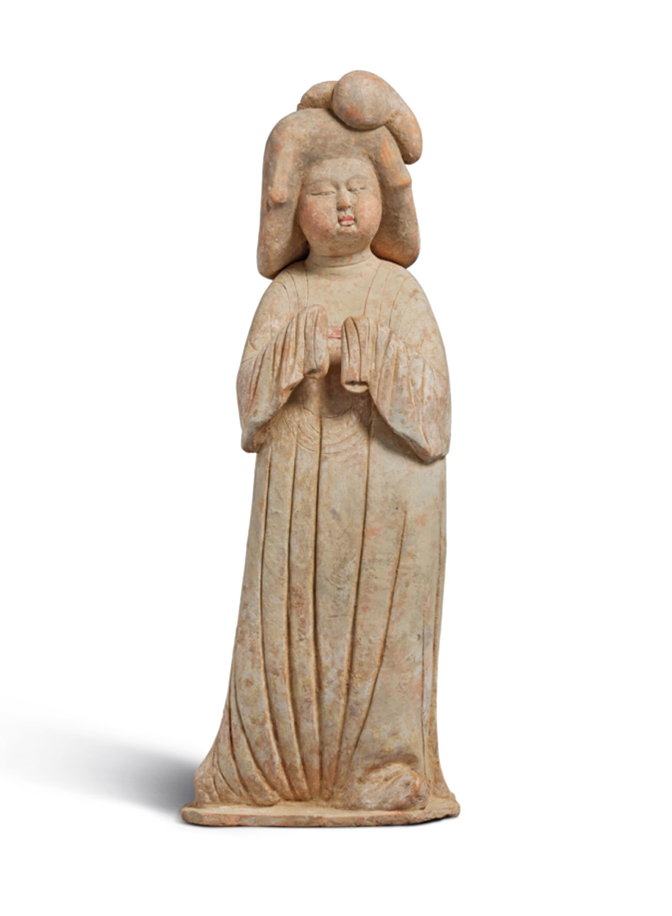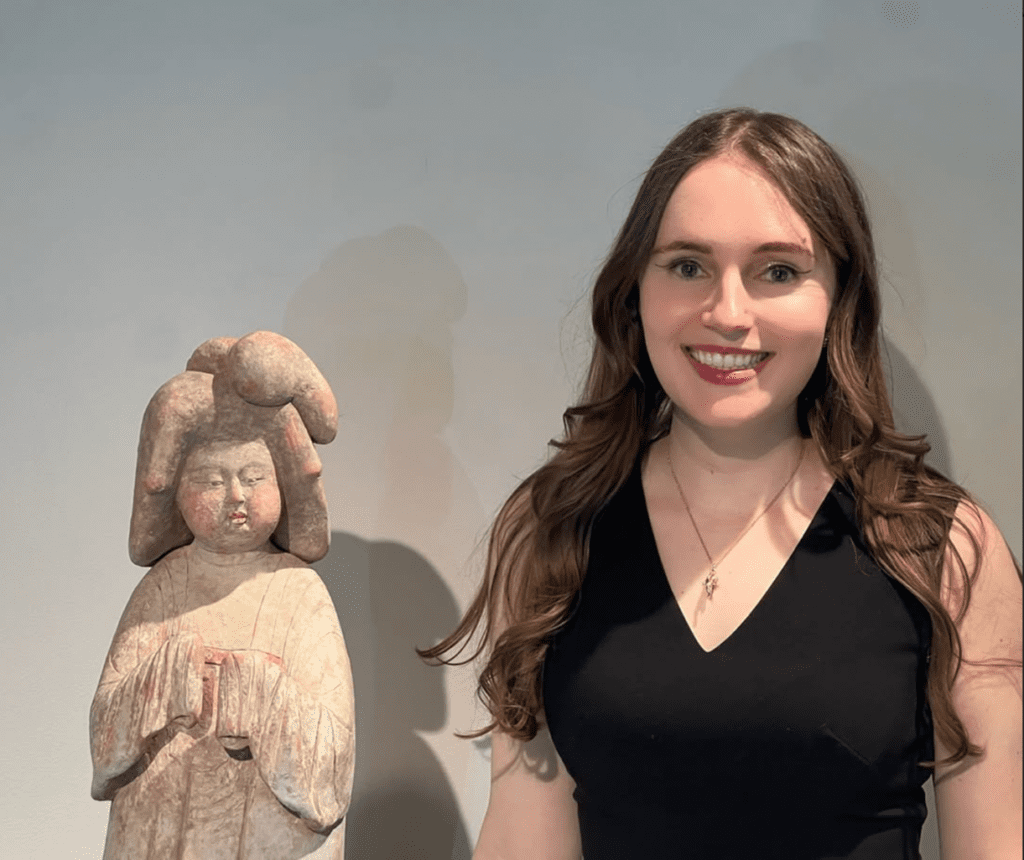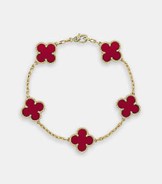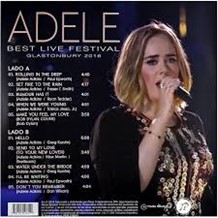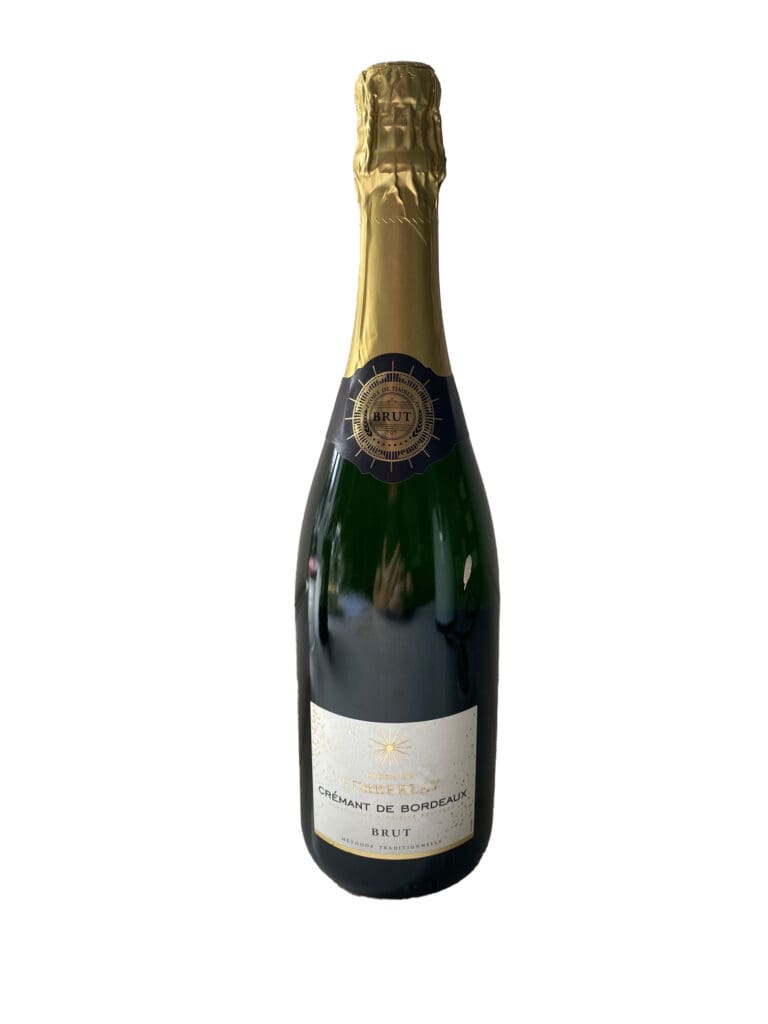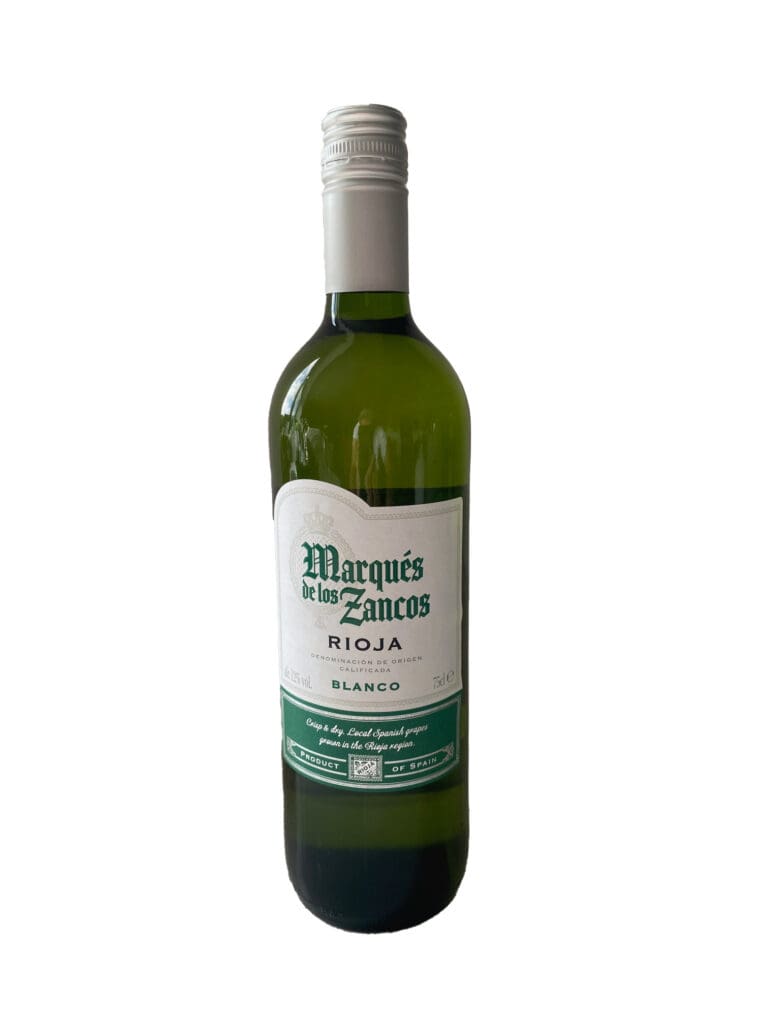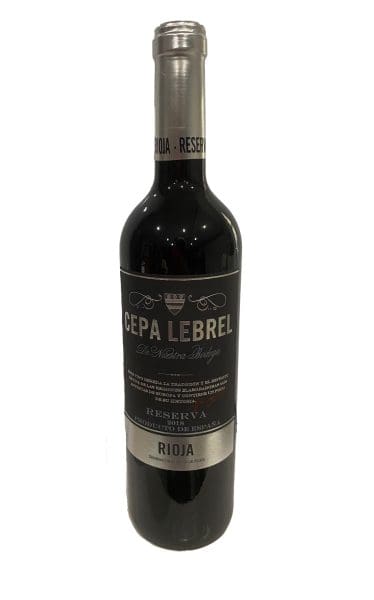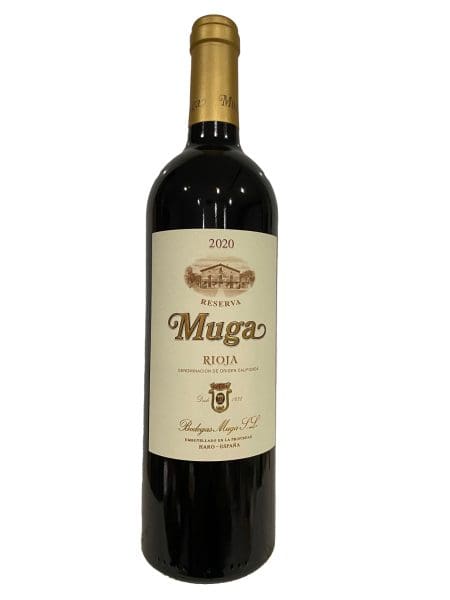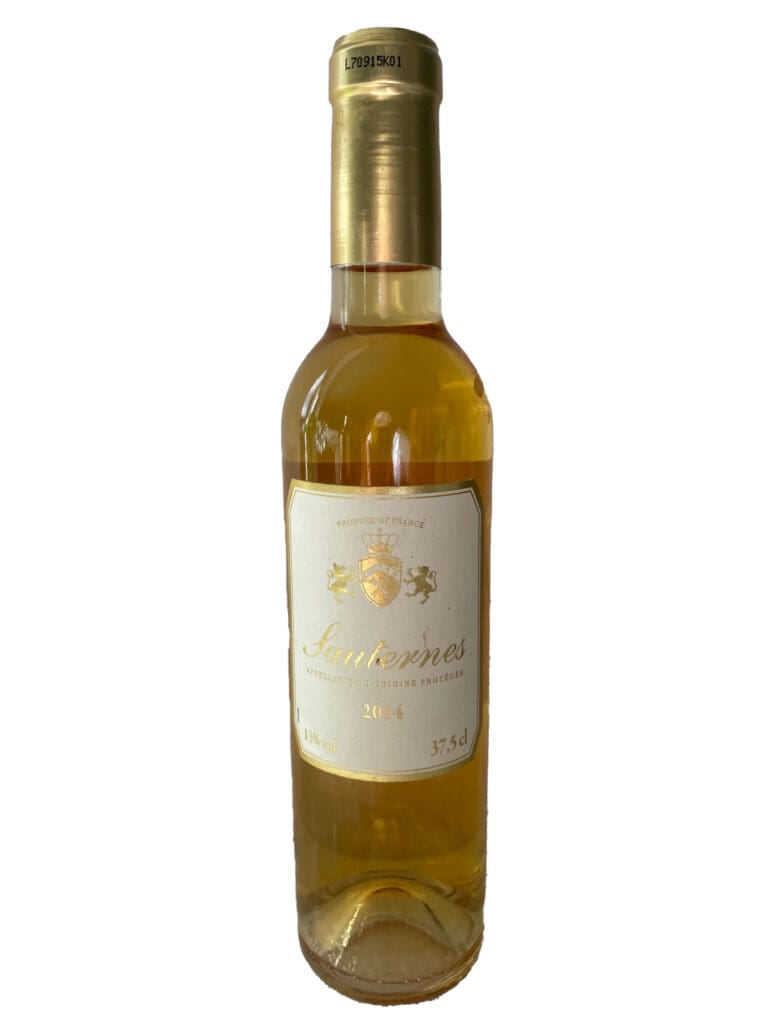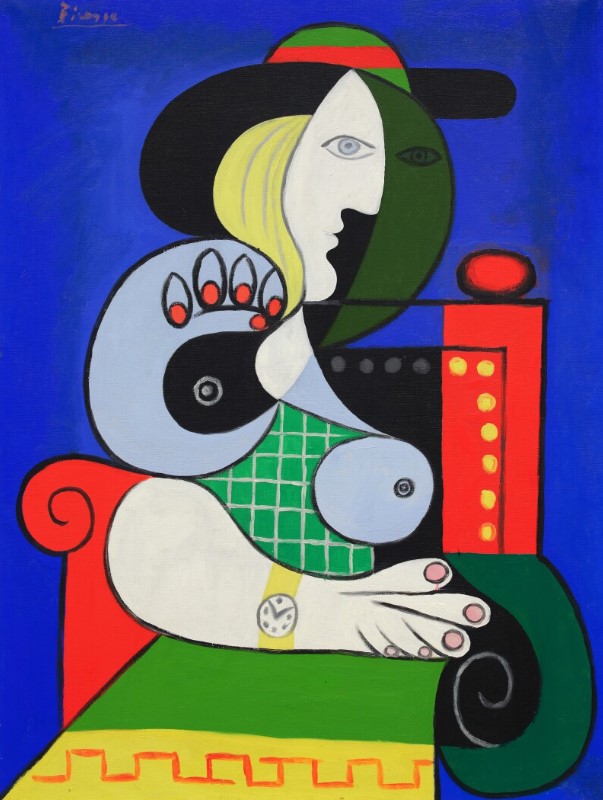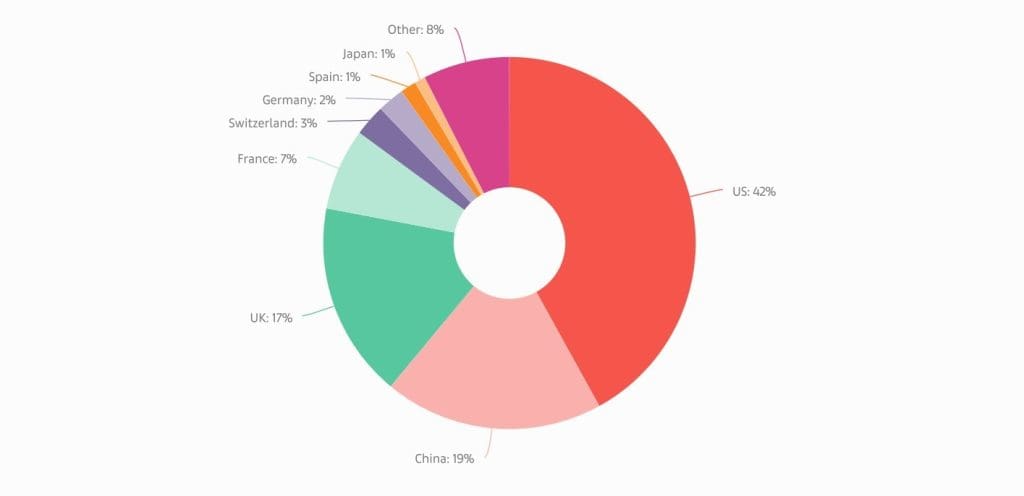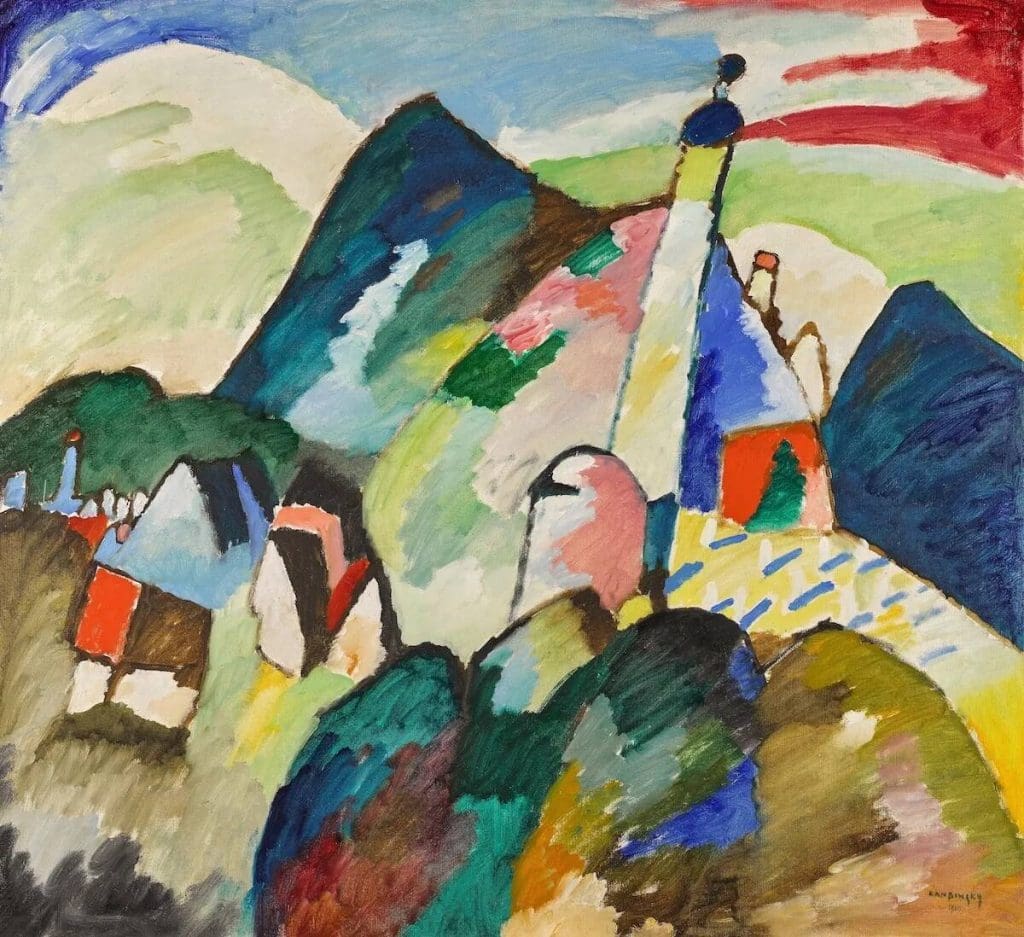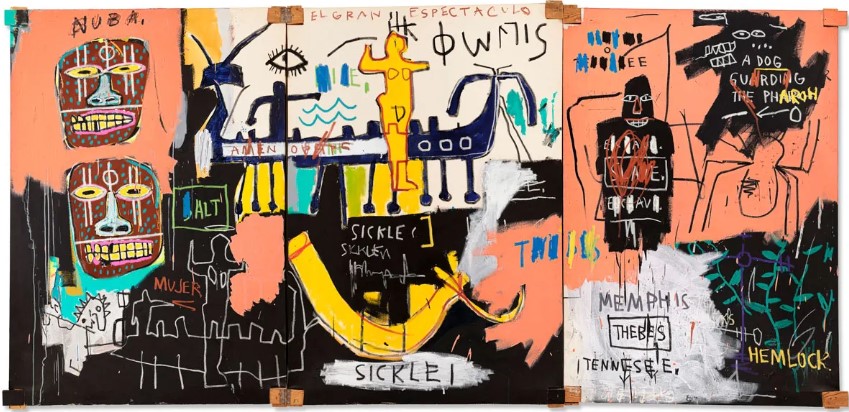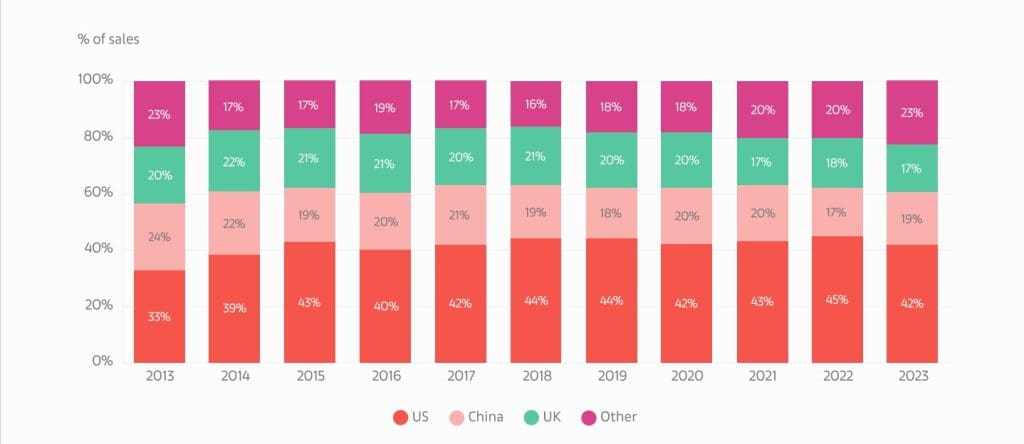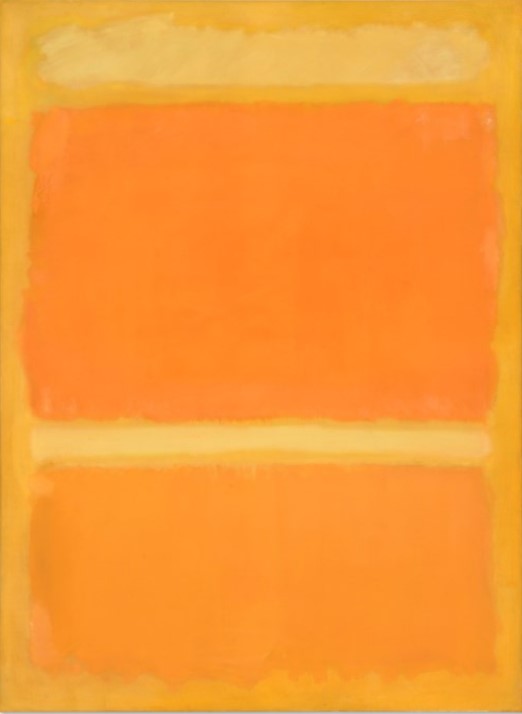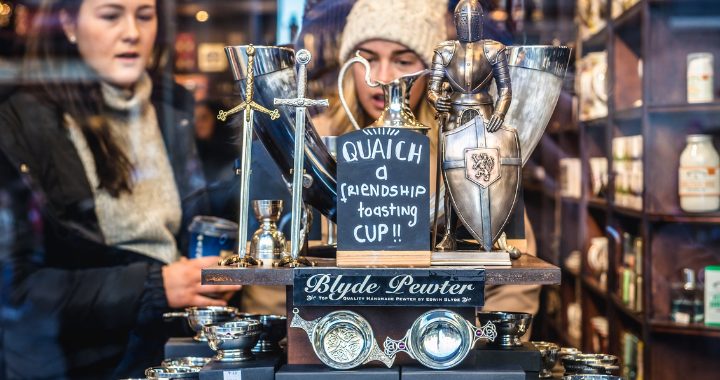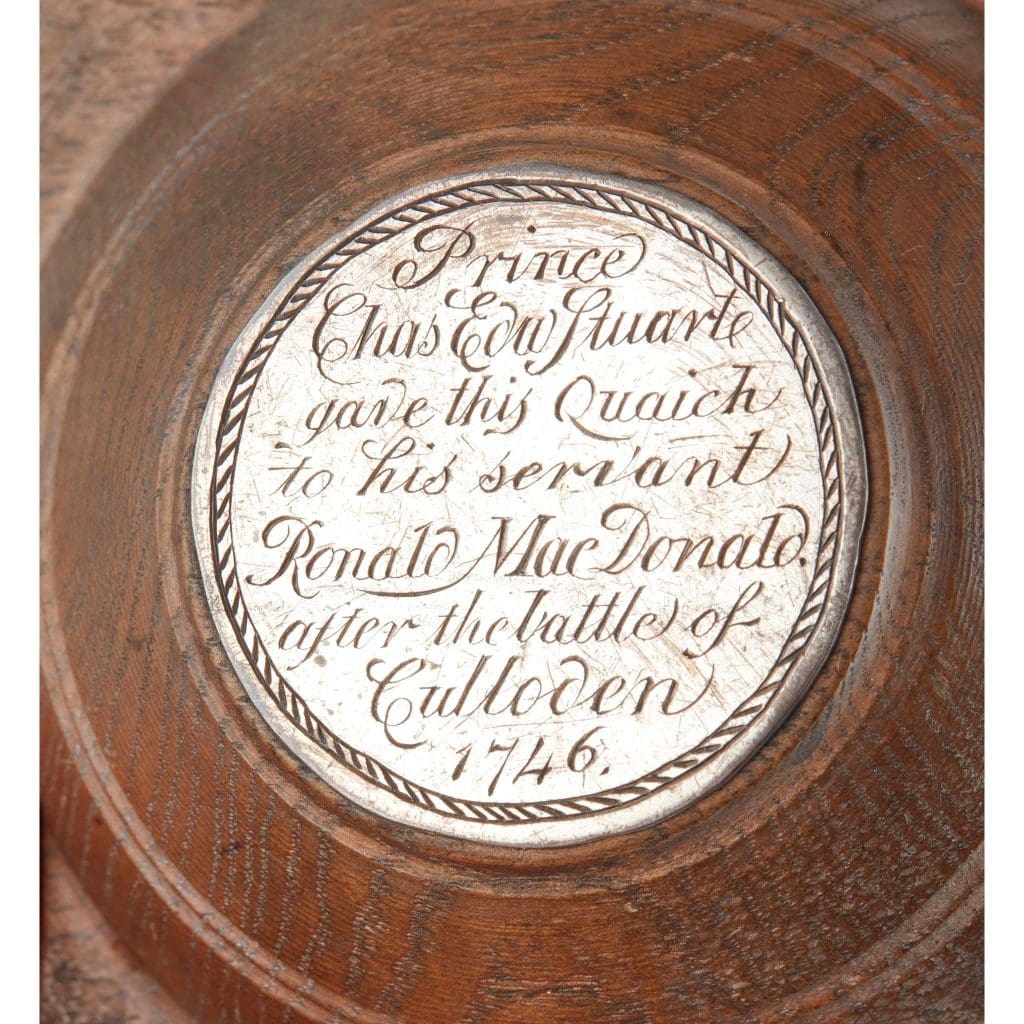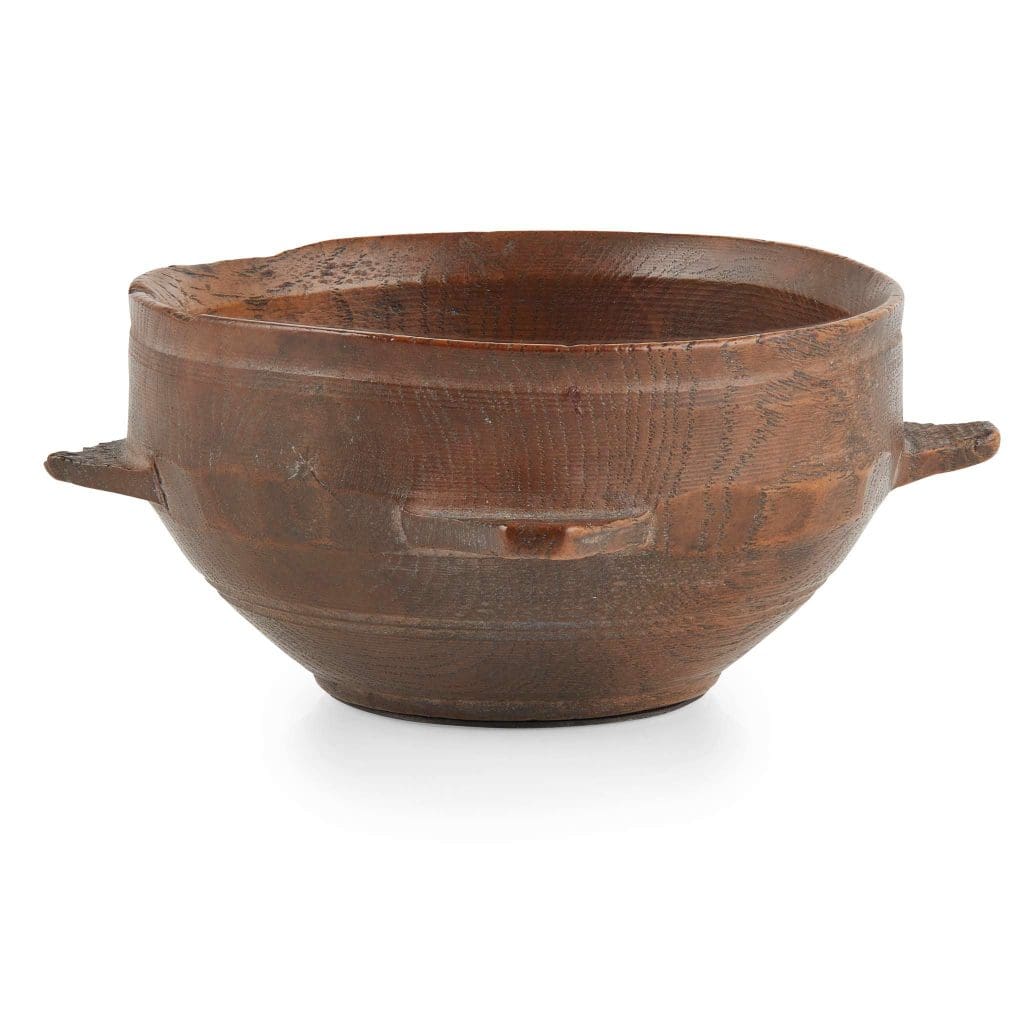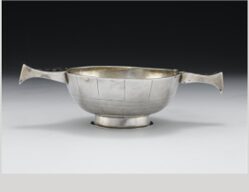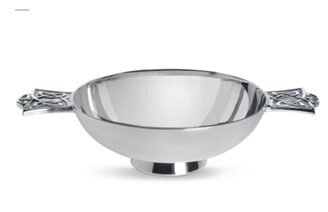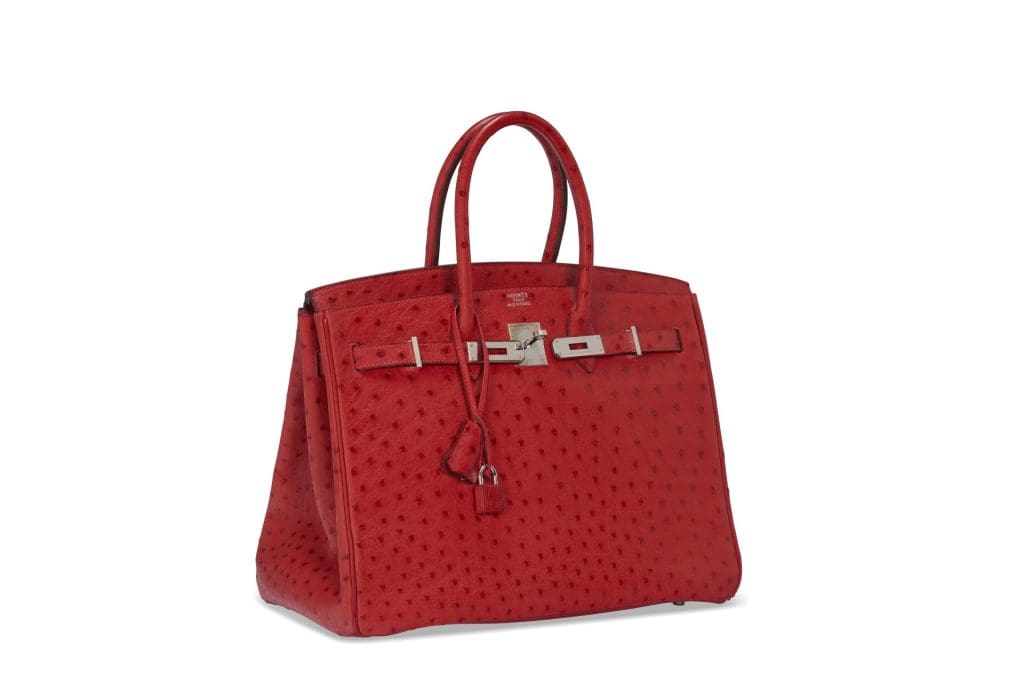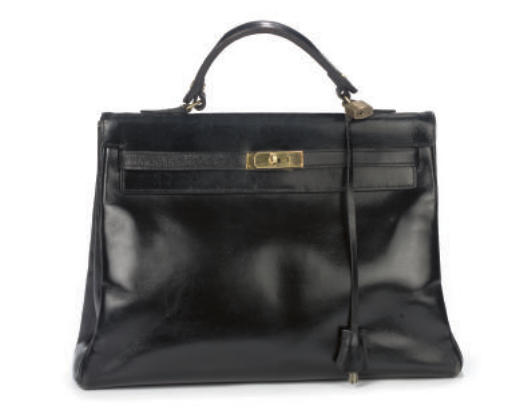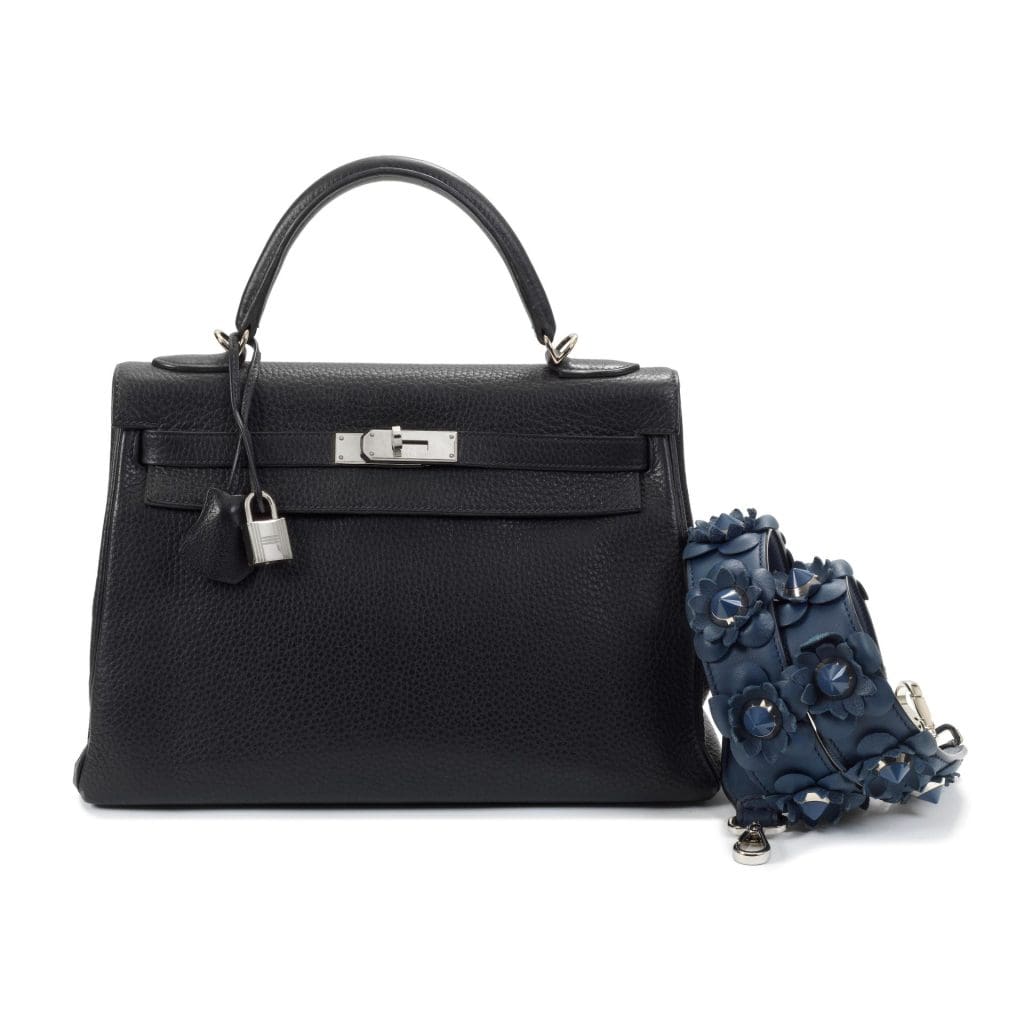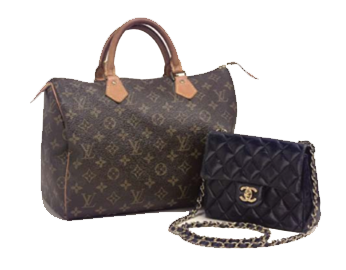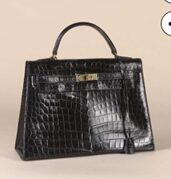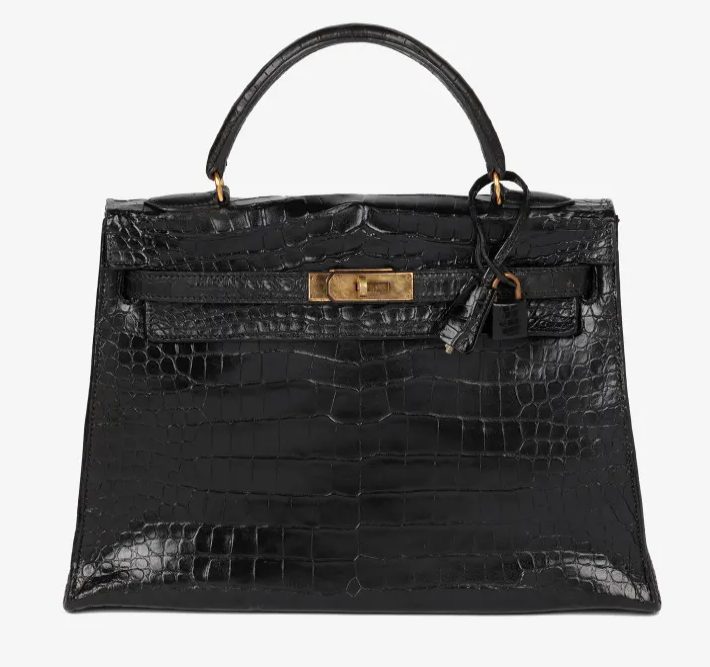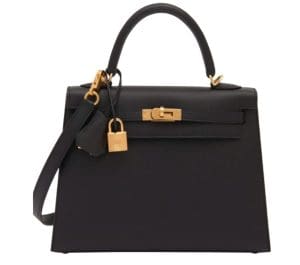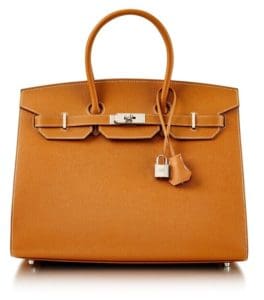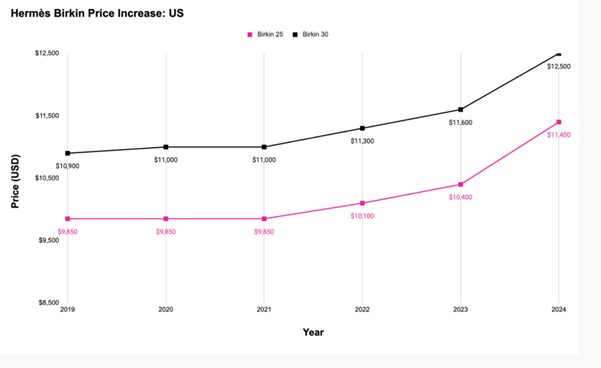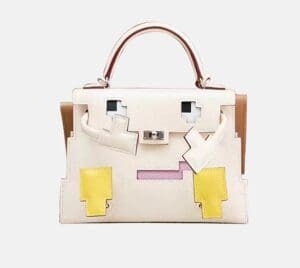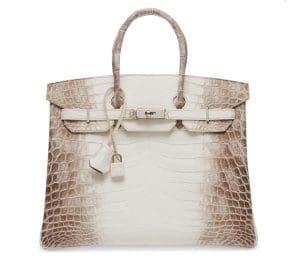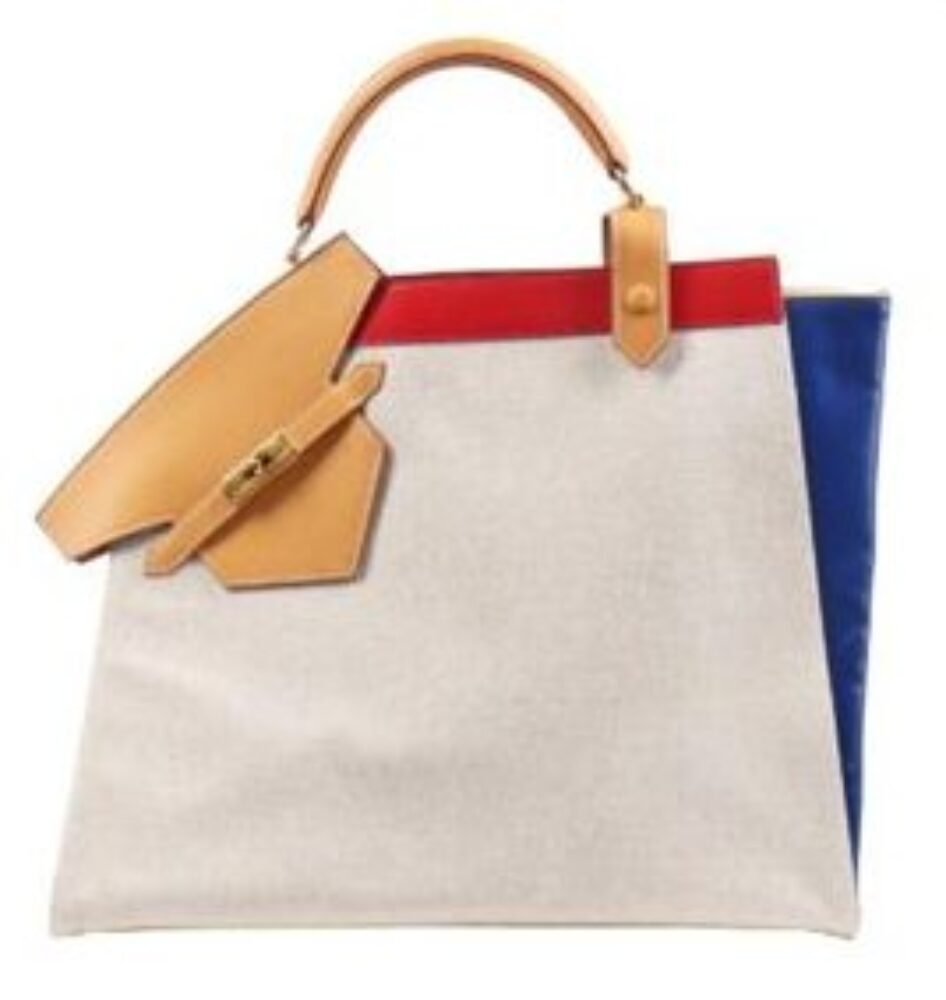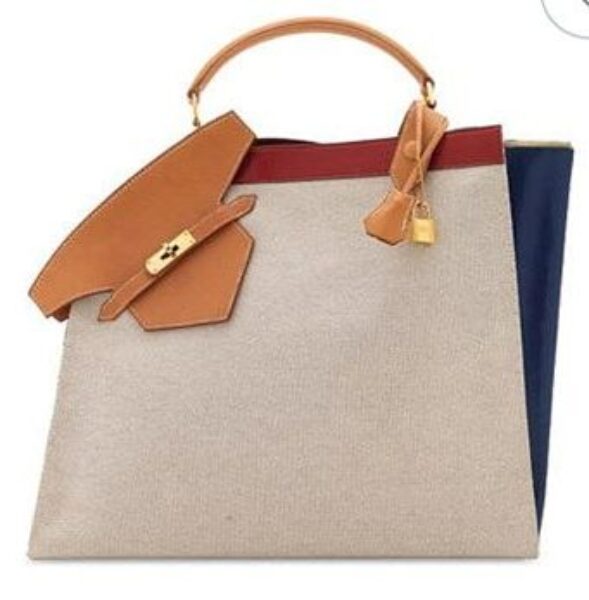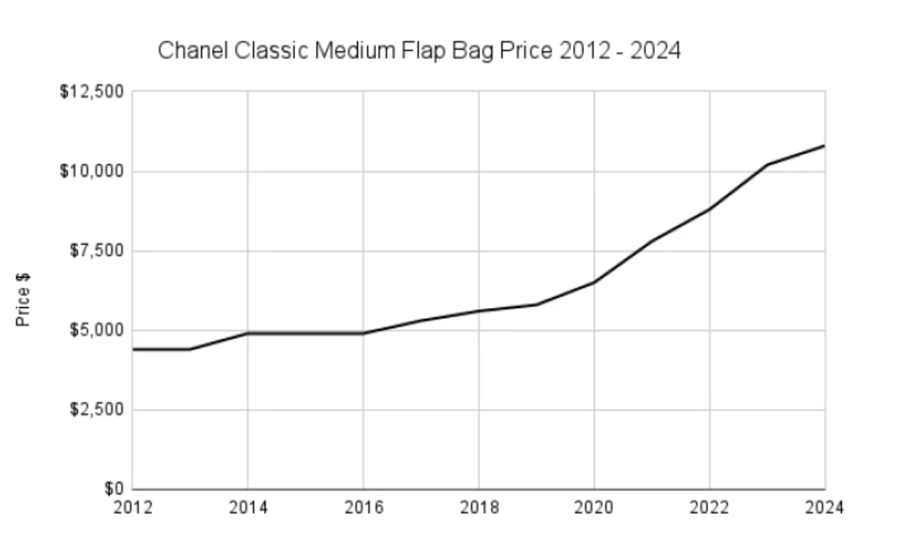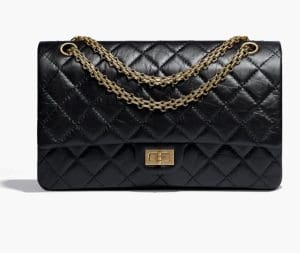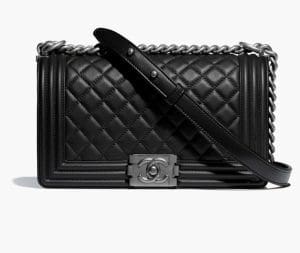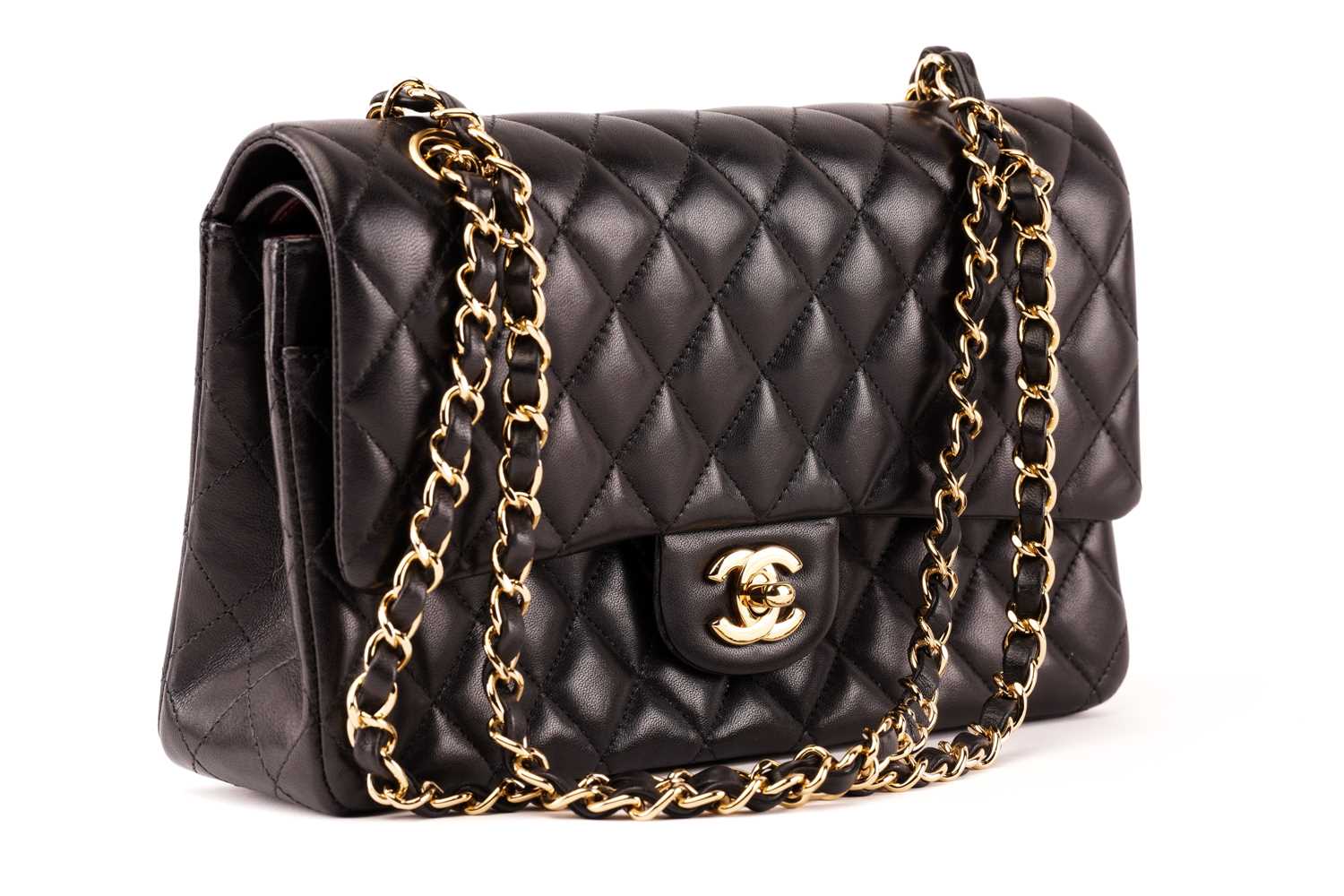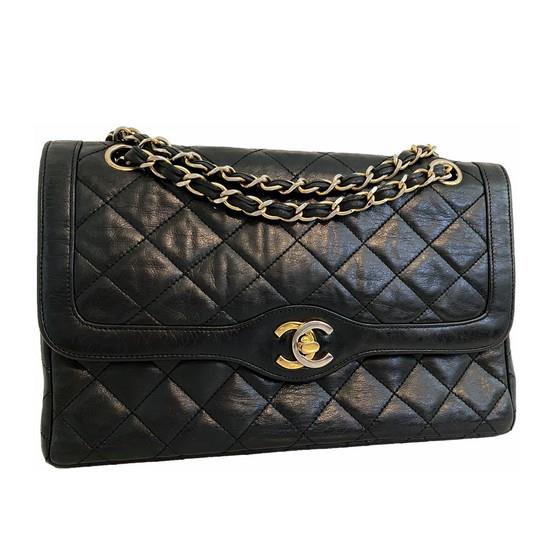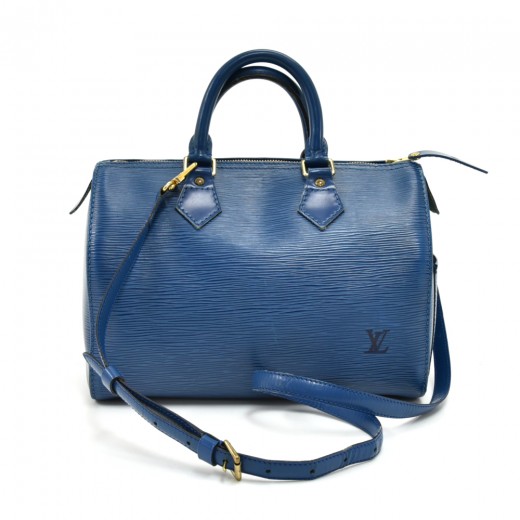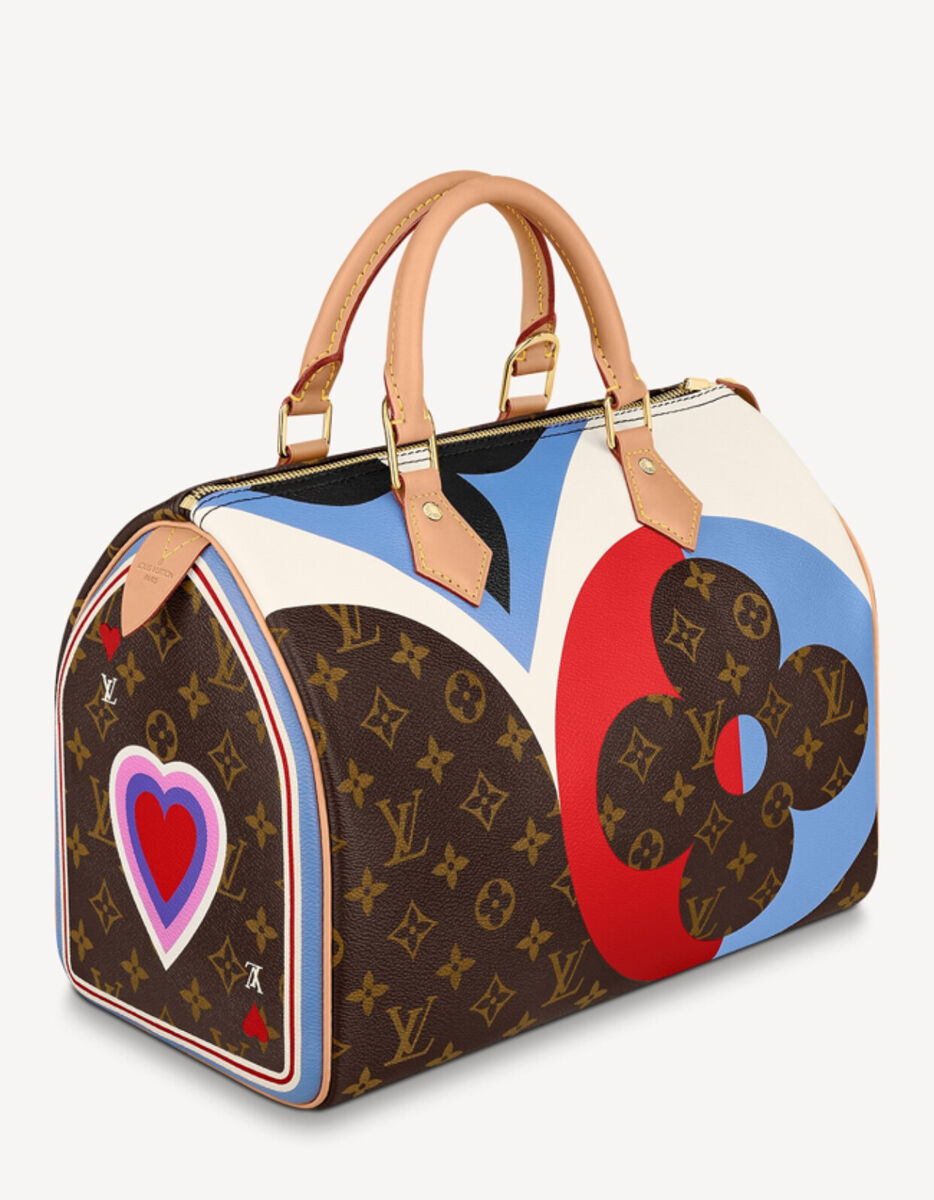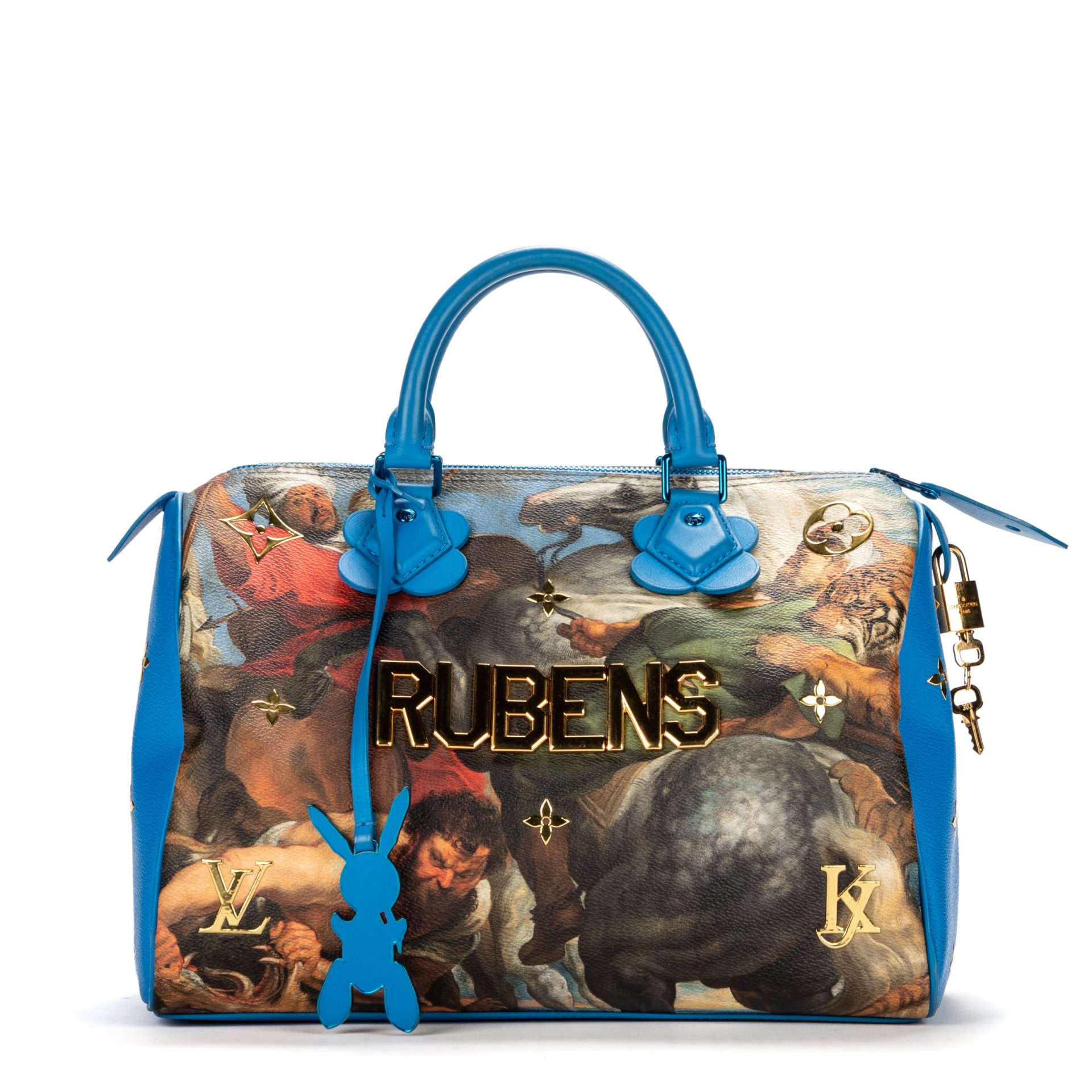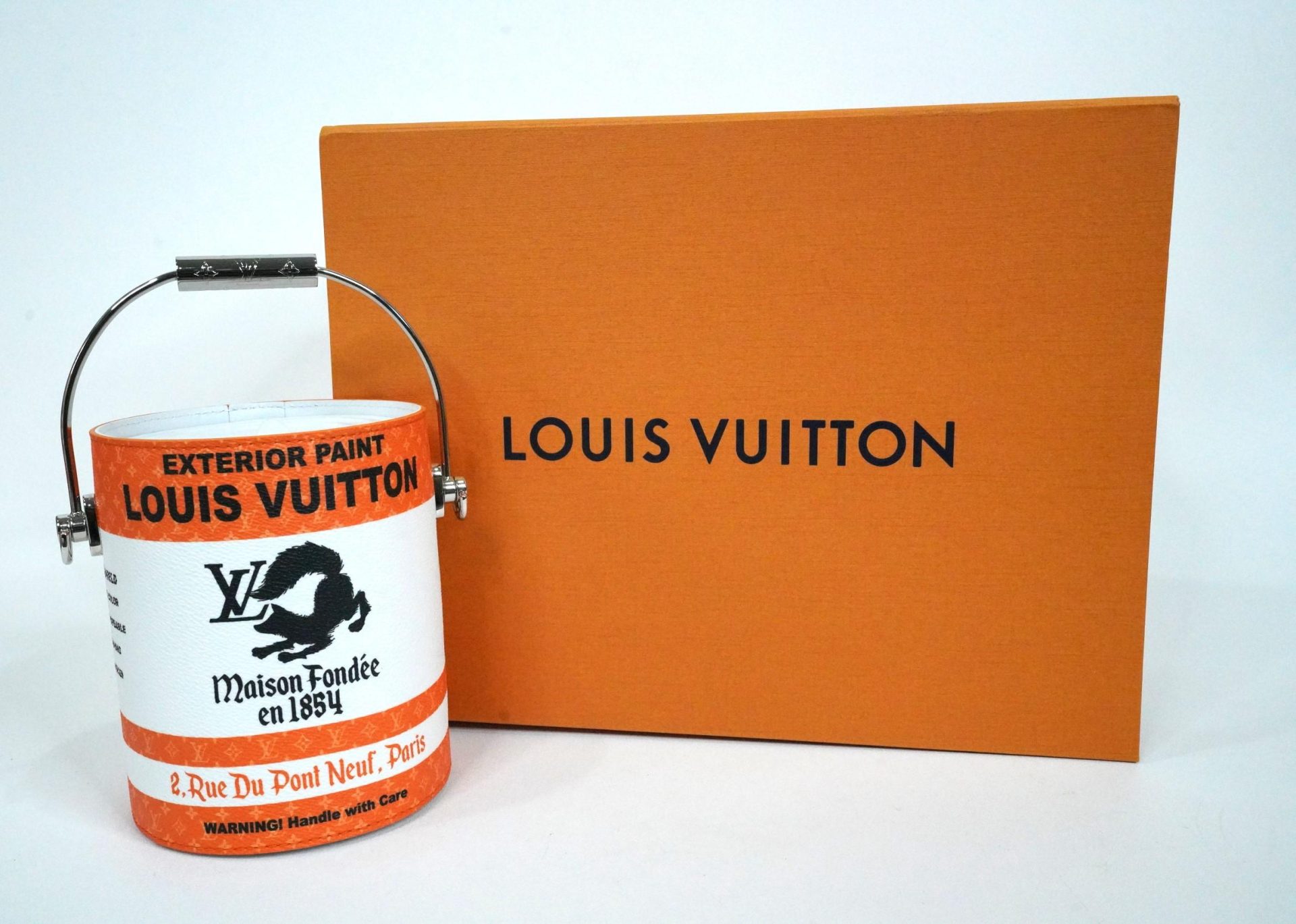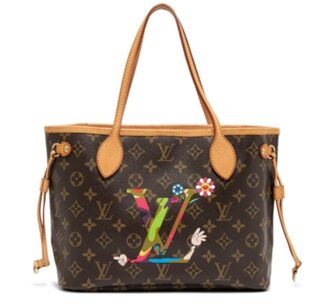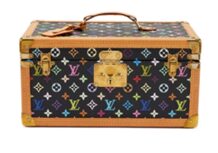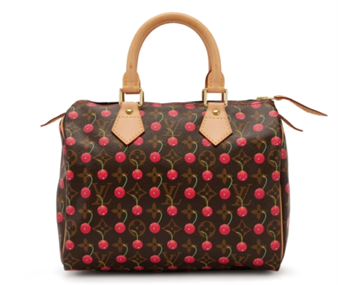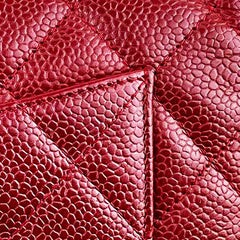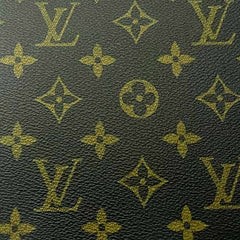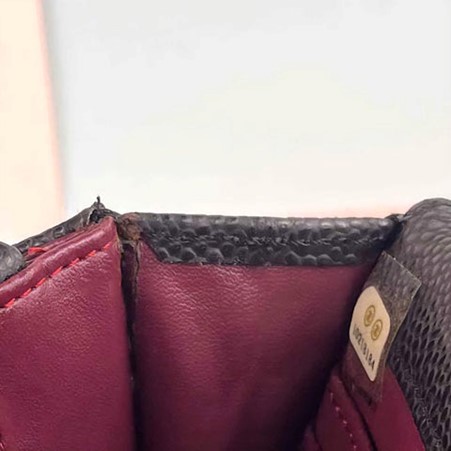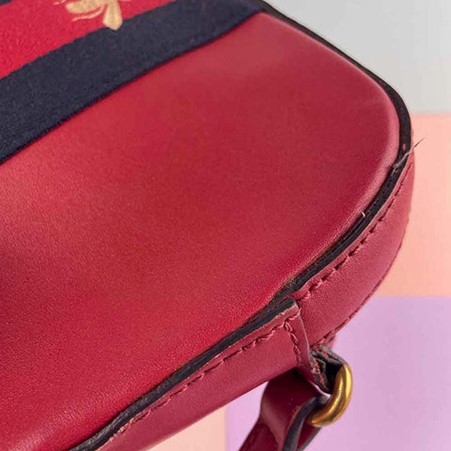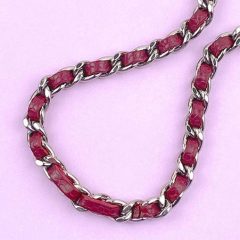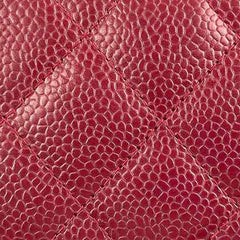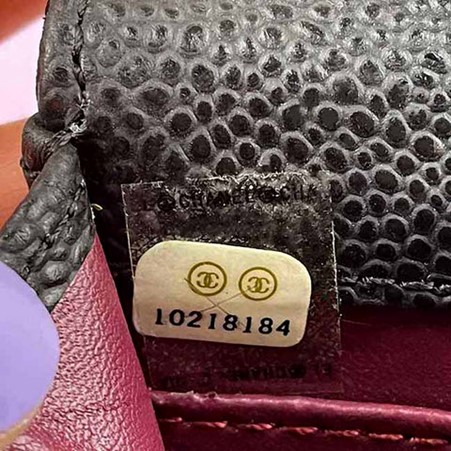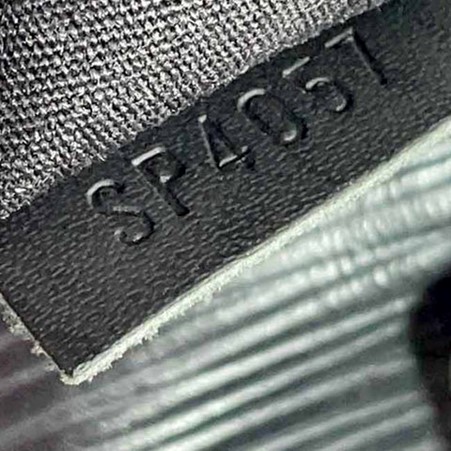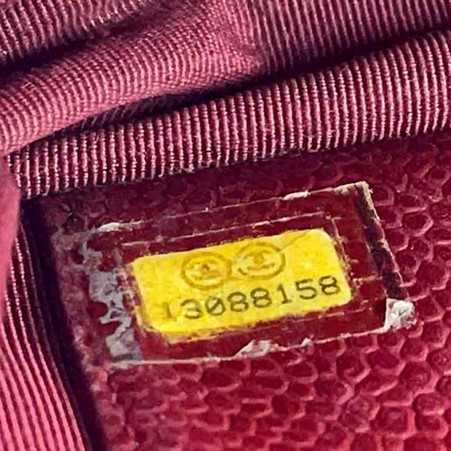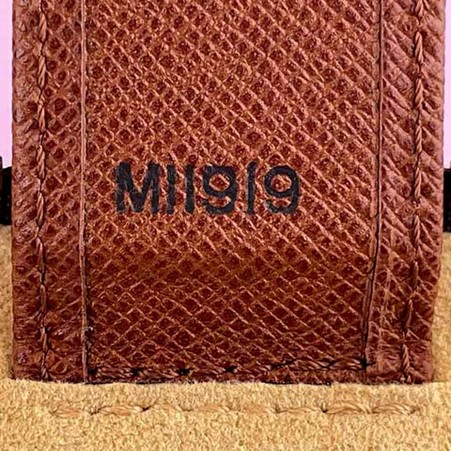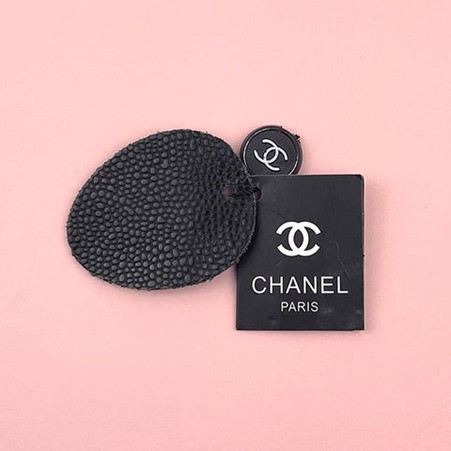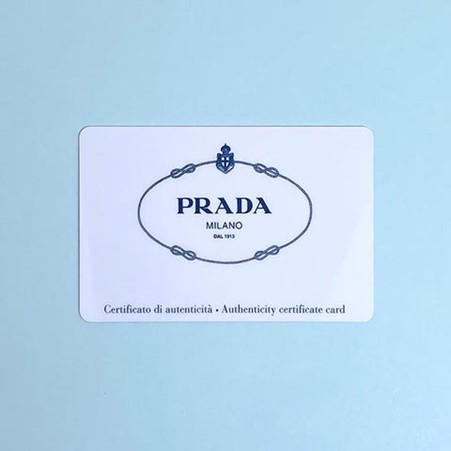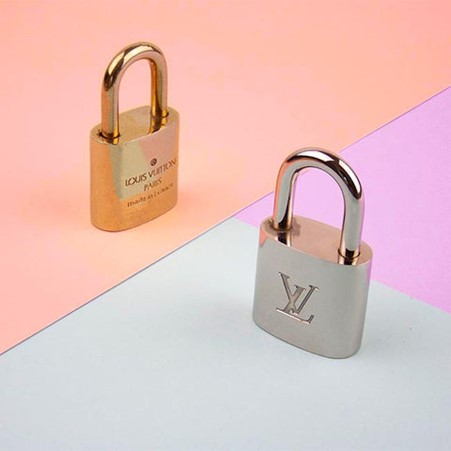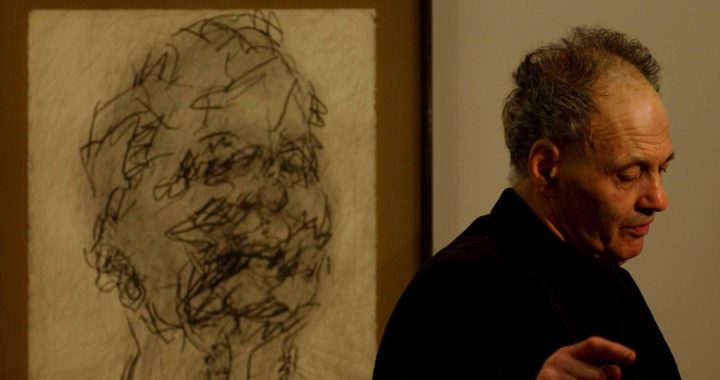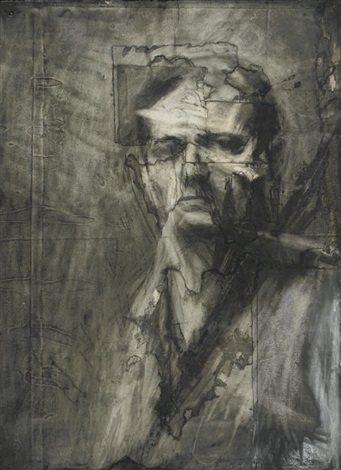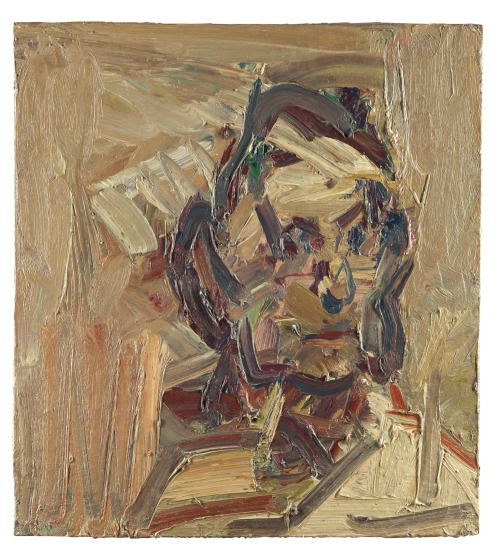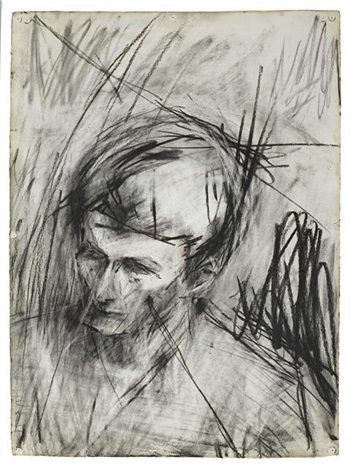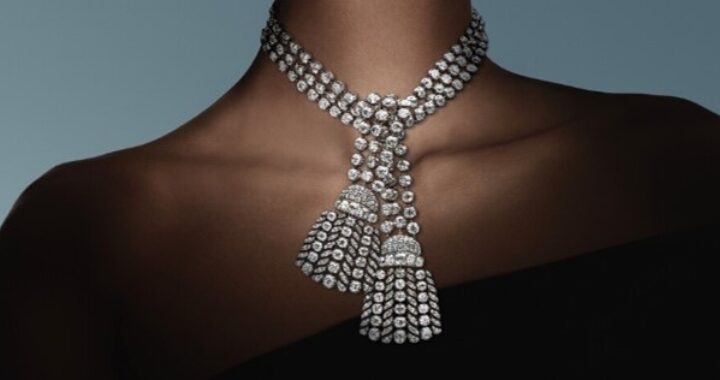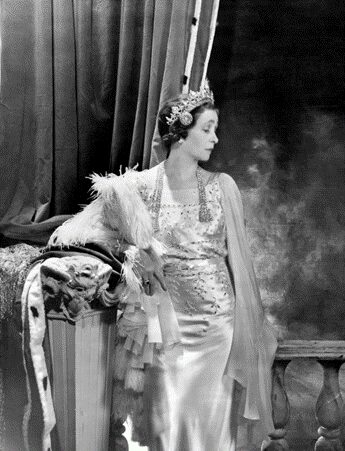According to Jewellery Net’s Pearl Report 2024-5, “The pearl industry is witnessing a renaissance of sorts, ushered in by shifting perceptions of the pearl among a more discerning clientele.” Eagerly awaited by jewellers, retailers and auctioneers for some time, this ‘renaissance’ certainly appears to be bolstering values and signalling a buoyancy in the top end of the market, in particular for fine cultured pearls that had previously been waning.
The pearl report points towards the ‘sustainable nature’ of pearls as a key factor in attracting a refreshed and renewed interest, as well as attention from a younger ‘Gen Z’ demographic. Indeed, it appears that in 2024, the secondary market at auction has reflected this, with continued high prices for natural pearls, and a revived interest in certain aspects of the cultured pearl market.
Natural pearls:
In terms of desirability, natural saltwater pearls have been and continue to be the most sought-after type of pearls at auction. Performing steadily and consistently well in years gone by, 2024 echoed a strength in the market for rare larger pearls, blemish free, with a pleasing body colour and where applicable evenly matched within a jewel. Other factors such as designer attribution, historical provenance and market scarcity also played a key role in achieved prices across 2024.
Christies witnessed the sale of some spectacular natural pearl jewellery this year, frequently fetching hammer prices in excess of six figures. One such example was a natural saltwater pearl and diamond single strand necklace. Featuring forty-three pearls (eleven of which were cultured) graduating in size from 7.25mm to 12.20mm, this piece achieved a final hammer price of $378,000 in their June New York Magnificent Jewels Auction.

Remarkably, in this same sale, a pair of slightly baroque natural saltwater pearl and diamond earrings measuring 14.8mm in diameter each achieved a hammer price of $277,200, demonstrating the demand for these relatively rare, large, well matched natural saltwater pearls in the international market.

Fine Victorian natural pearl jewellery performed incredibly well at auction this year, with some of the highest hammer prices achieved going to late 19th century pieces. A spectacular enamel, pearl, diamond and gem-set piece by Marcus & Co dating to 1895 sold at Bonhams this June for a staggering £165,500. This piece was set with two natural pearls, to include a 13.5mm bouton pearl, and a later 13.25ct natural pearl drop together with over 15 carats of diamonds. This beautiful lot achieved the highest hammer price for pearl jewellery sold at Bonhams in 2024, and achieved a house record for jewellery by Marcus & Co.

A fabulous auction result for Gloucestershire saleroom Chorleys was achieved in the same month, with a Victorian natural saltwater pearl necklace and detachable pendant/brooch. Showcasing a principal natural pearl of 8.46ct, a sizeable natural pearl drop, and slightly graduated natural saltwater pearl beads measuring 5.2mm-6.9mm, this piece fetched a hammer price of £85,000.

Elsewhere, records were set this year with the largest ever discovered natural freshwater pearl from Scotland selling in August. This impressive round freshwater pearl measured 10.5-10.6mm in diameter and fetched a £75,000 hammer against an estimate of £40,000-60,000.

Cultured pearls
Previously the victim of a downturn in value, hammer prices for cultured pearls in 2024 were incredibly promising. With some fantastic prices achieved for the finest cultured pearls on offer, this market trend offered a glimpse into a hopefully much more buoyant future for cultured pearls – although it is worth noting that low prices and unsolds remained the general pattern for smaller, worse quality and unattributed cultured pearl jewellery.
Top hammer prices this year were reserved for large, well-matched, symmetrical round cultured pearls, with a great lustre and blemish-free surface. One such example was a necklace by the ‘founder’ of cultured pearls’ eponymous company Mikimoto. Featuring one long strand of 140 round cultured pearls measuring at least 12mm in diameter each and terminating with a pavé set diamond clasp, this piece reached $44,800 at Bonhams in September 2024. For the sake of comparison, a Mikimoto strand of 8mm pearls, nearly twice the length with similar pavé set diamond clasps sold for £5,500 in 2021.

Cultured pearls set in designer jewellery also achieved great hammer prices at auction. Featuring much smaller cultured pearls at only 3.5-4mm each, an exquisitely made gem-set sautoir by Van Cleef & Arpels dating to 1975 caught the attention of bidders at Bonhams in June of this year, and subsequently sold for £38,400 inclusive of buyer’s premium.

Similarly, a more contemporary design in the form of cuff bangle by Bulgari set with sixteen cultured pearls of around 7.5-8mm in diameter together with 7-8 carats of pavé set diamonds sold at Christies Paris in the same month for €25,200. A similar example of a Bulgari Parentesi bangle set with twelve cultured pearls and approximately 7 carats of diamonds remained unsold with an estimate of £6,000-8,000 at an auction in November 2022.

These examples show an extremely promising upwards turn for fine cultured pearl jewellery in 2024, which – with any luck, will stabilise if not grow well into 2025.
Conch and Melo pearls
Conch and Melo pearls are another category of natural pearls to retain a high desirability and value, weathering the ‘storm’ experienced by their cultured counterparts. Owing to their rarity, gorgeous hue, and unique ‘flamed’ lustre, these non-nacreous pearls have long been incredibly valuable. Auction results of 2024 echoed this continued buoyancy in value, with a fine 19mm melo pearl and sapphire ring by Hemmerle selling at Bonhams in June for £52,100 inclusive of premium.

An impressive suite of jewellery comprising no less than seven conch pearls set within a pair of drop earrings and a cocktail ring was accompanied by two GIA reports and sold at Christies Hong Kong for HK$1,008,000 in May.

Whether set in jewellery or offered as a loose gemstone, conch and melo pearls remain highly sought-after, with a 24.54ct melo pearl selling in 2022 for $31,875, and a 10.01ct conch pearl selling in the previous year for $11,475 at Bonhams.
Keeping in mind the strength of prices for both natural and cultured pearl jewellery across the salerooms in 2024, it is vital to ensure that your insurance valuations offer adequate cover and that your jewellery is documented by a specialist.
For further information on our insurance valuations from our nationwide team of specialists, contact us via [email protected].






